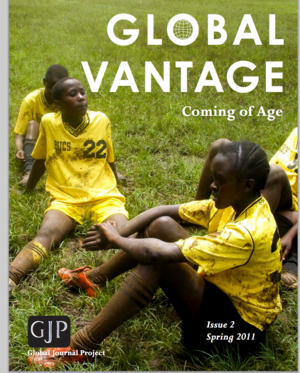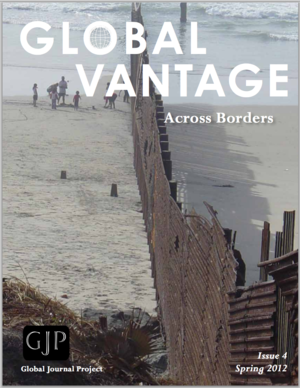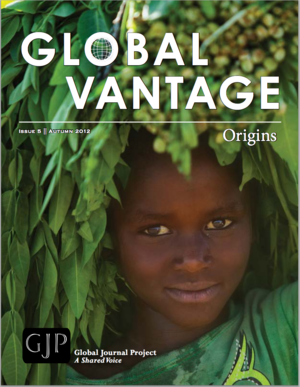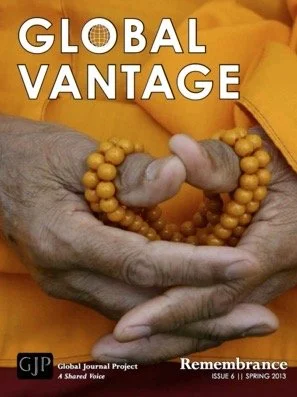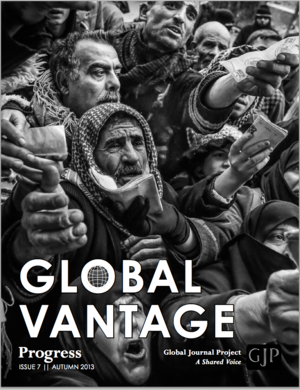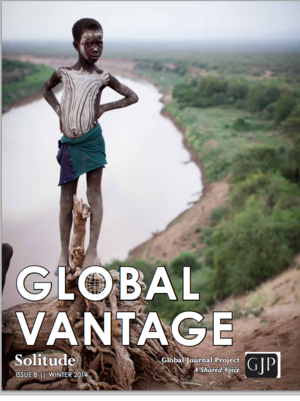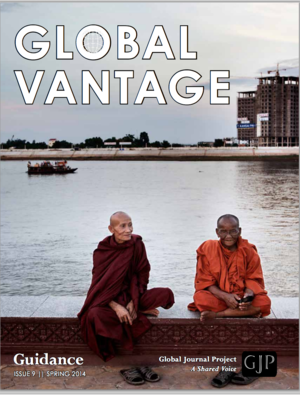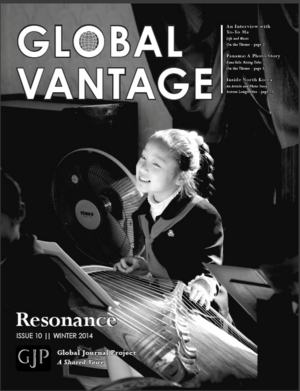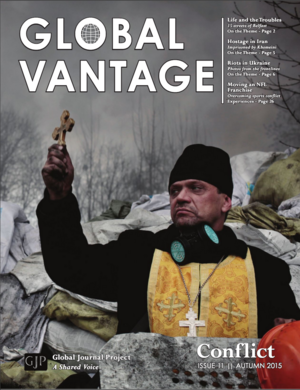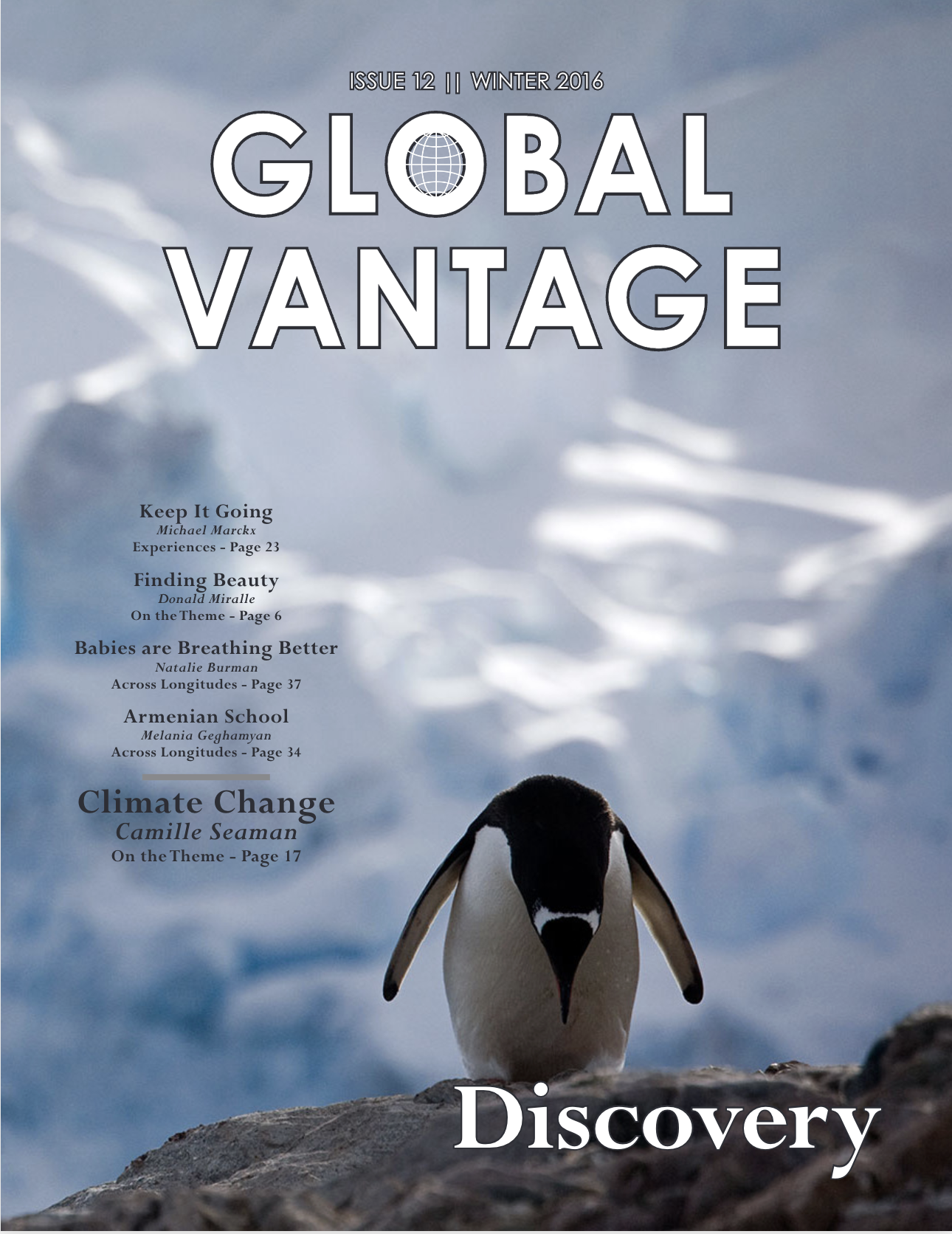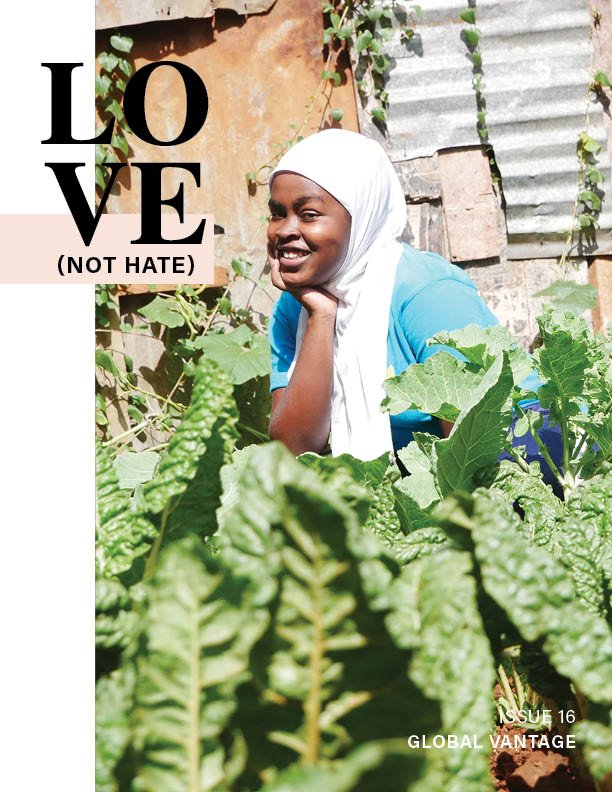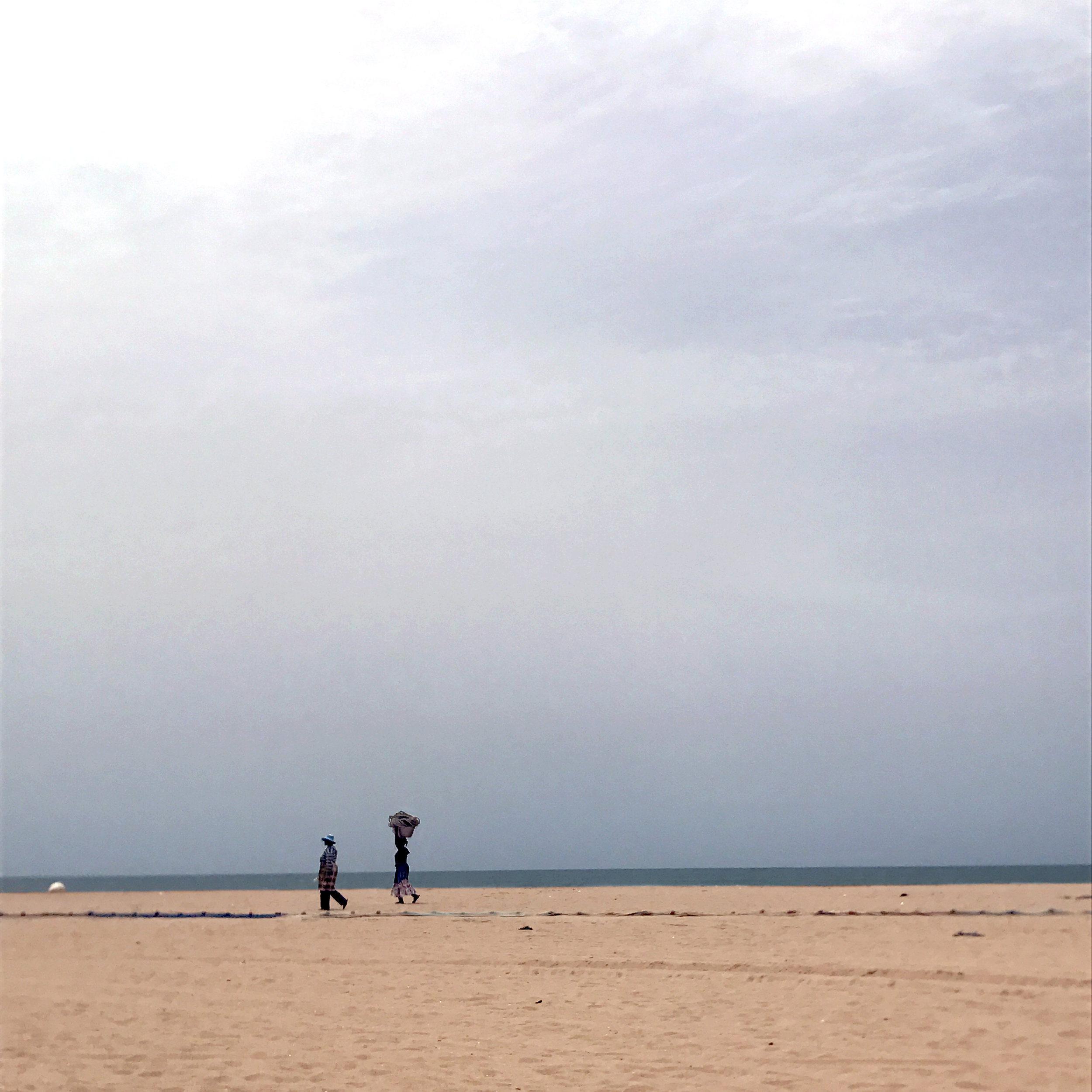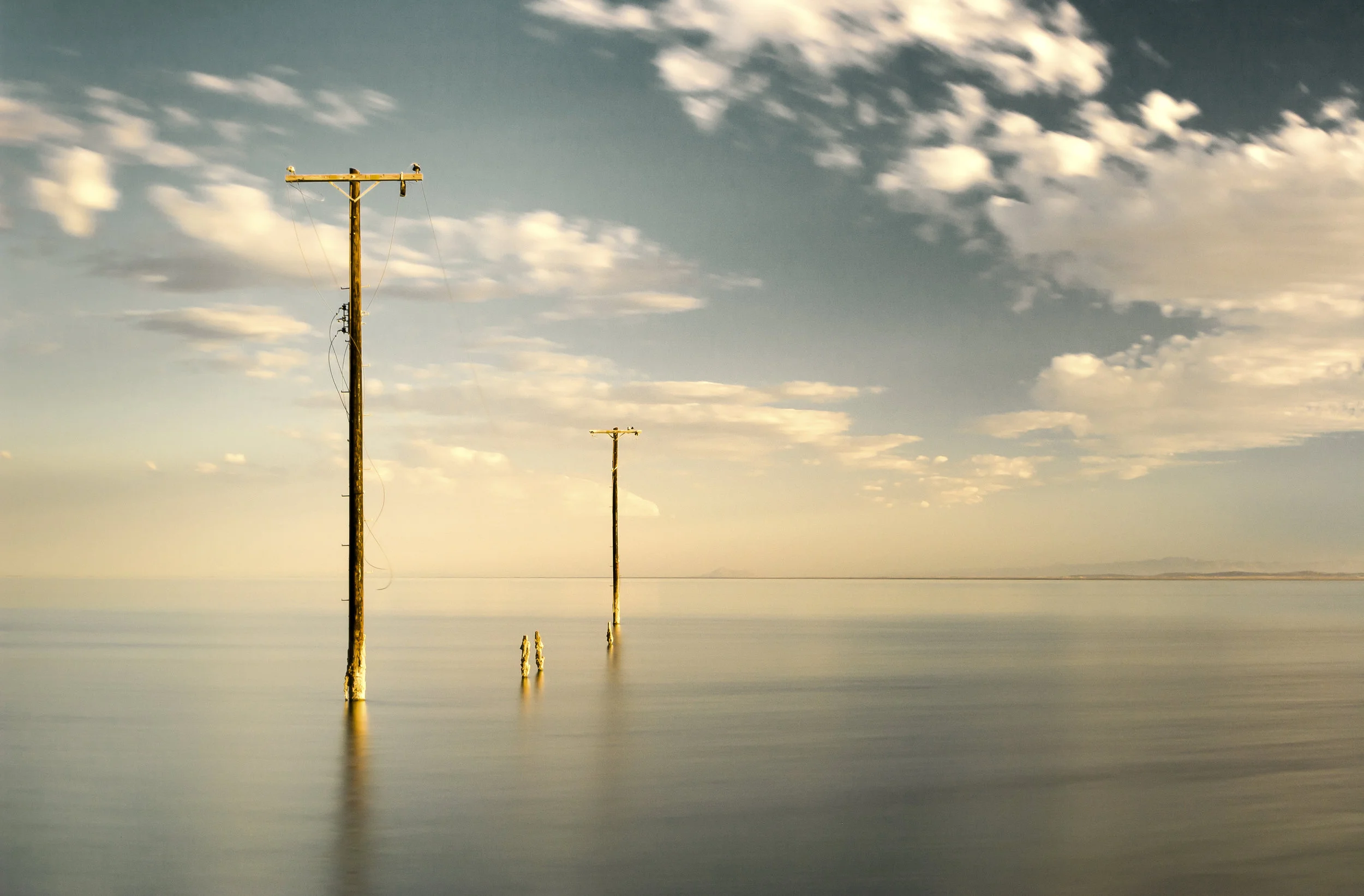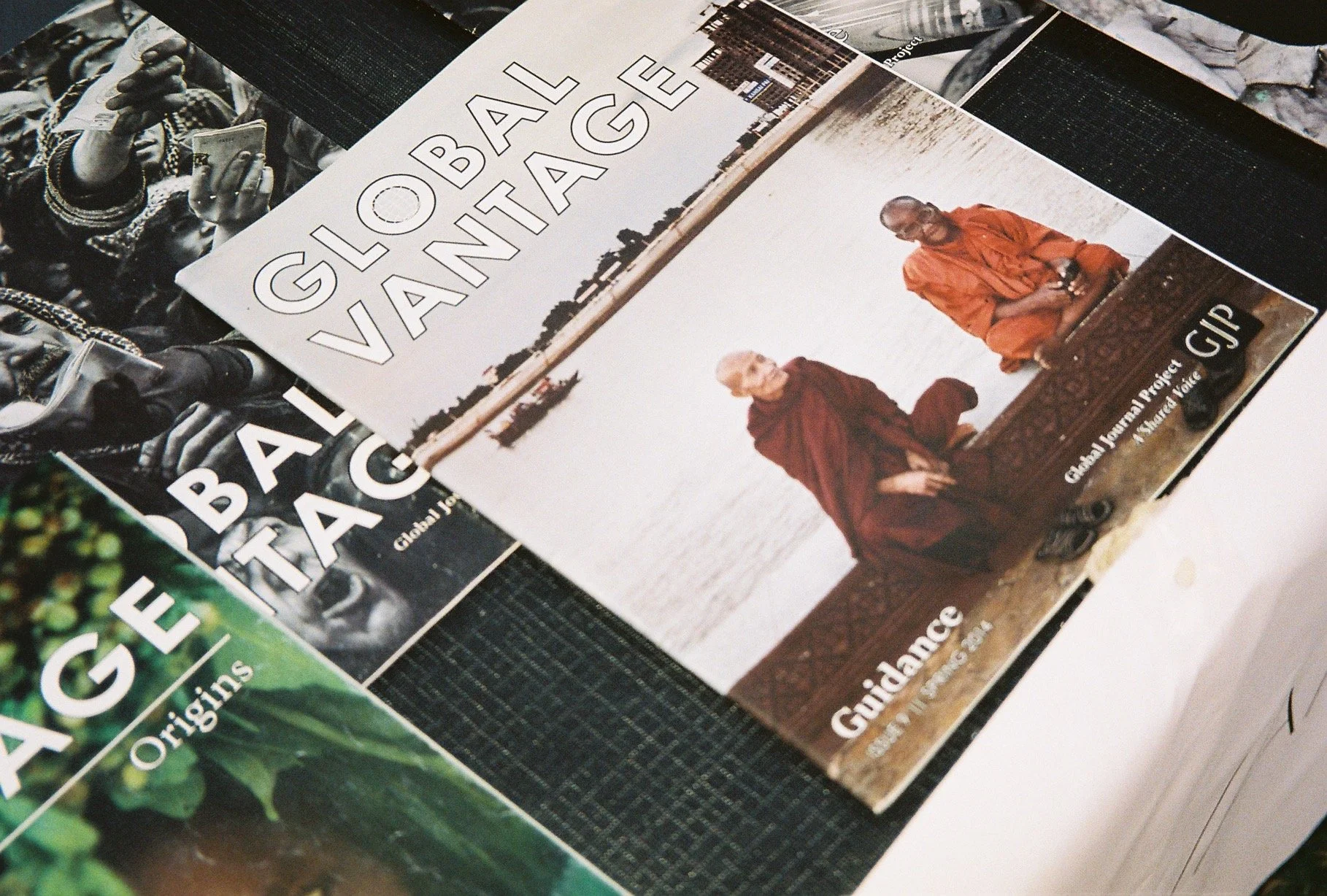

October 2017
ARCHIVES
October 2017
ARCHIVES
Past Issues
Issue 1: How do generations define themselves?Issue 2: Coming of Age
Issue 3: Building Relationships
Issue 4: Across Borders
Issue 5: Origins
Issue 6: Remembrance
Issue 7: Progress
Issue 8: Solitude
Issue 9: Guidance
Issue 10: Resonance
Issue 11: Conflict
Issue 12: Discovery
Issue 13: Balance
Issue 14: Innovation
Issue 15: Expression
Issue 16: Love (Not Hate)
Issue 17: The Power of Education
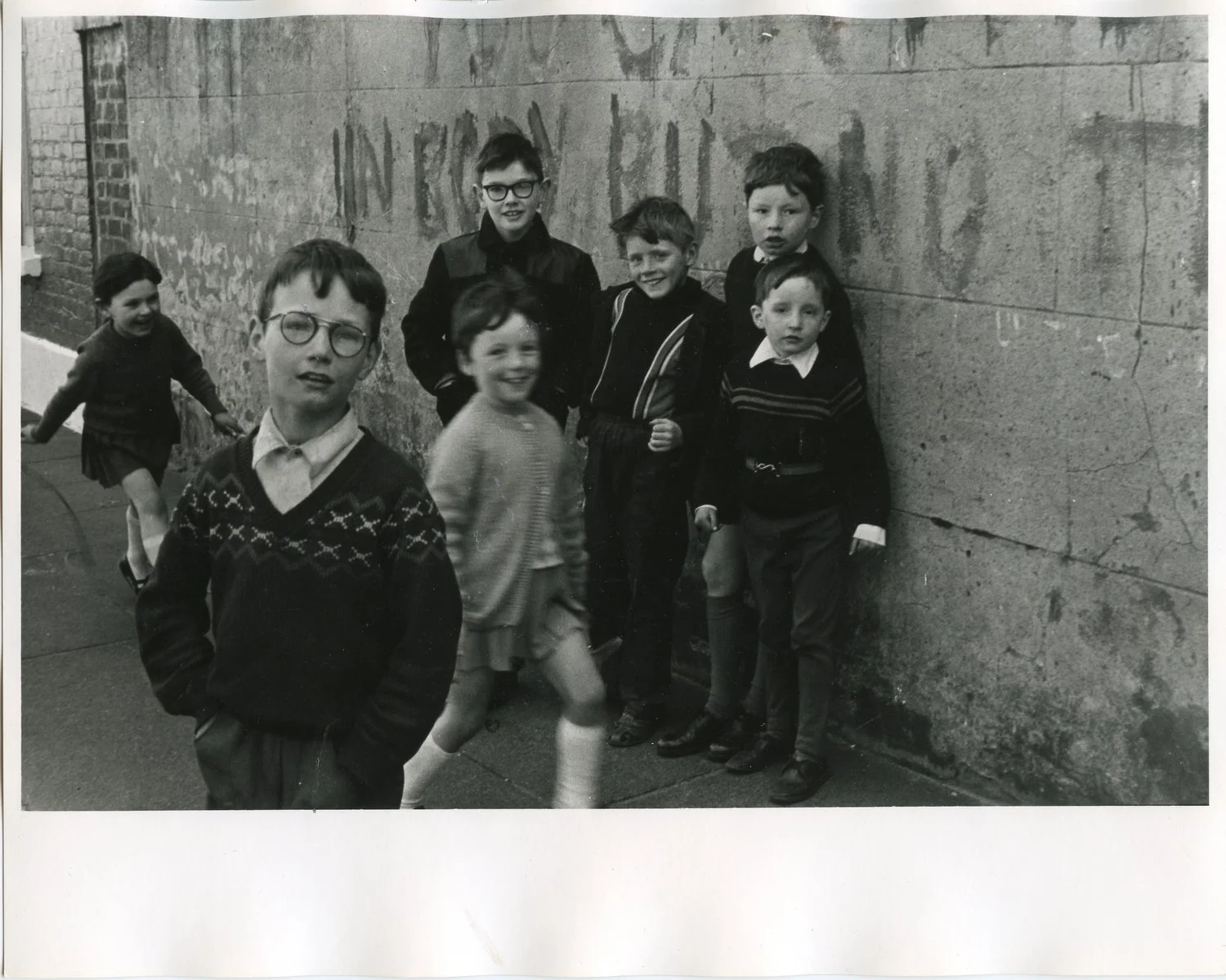
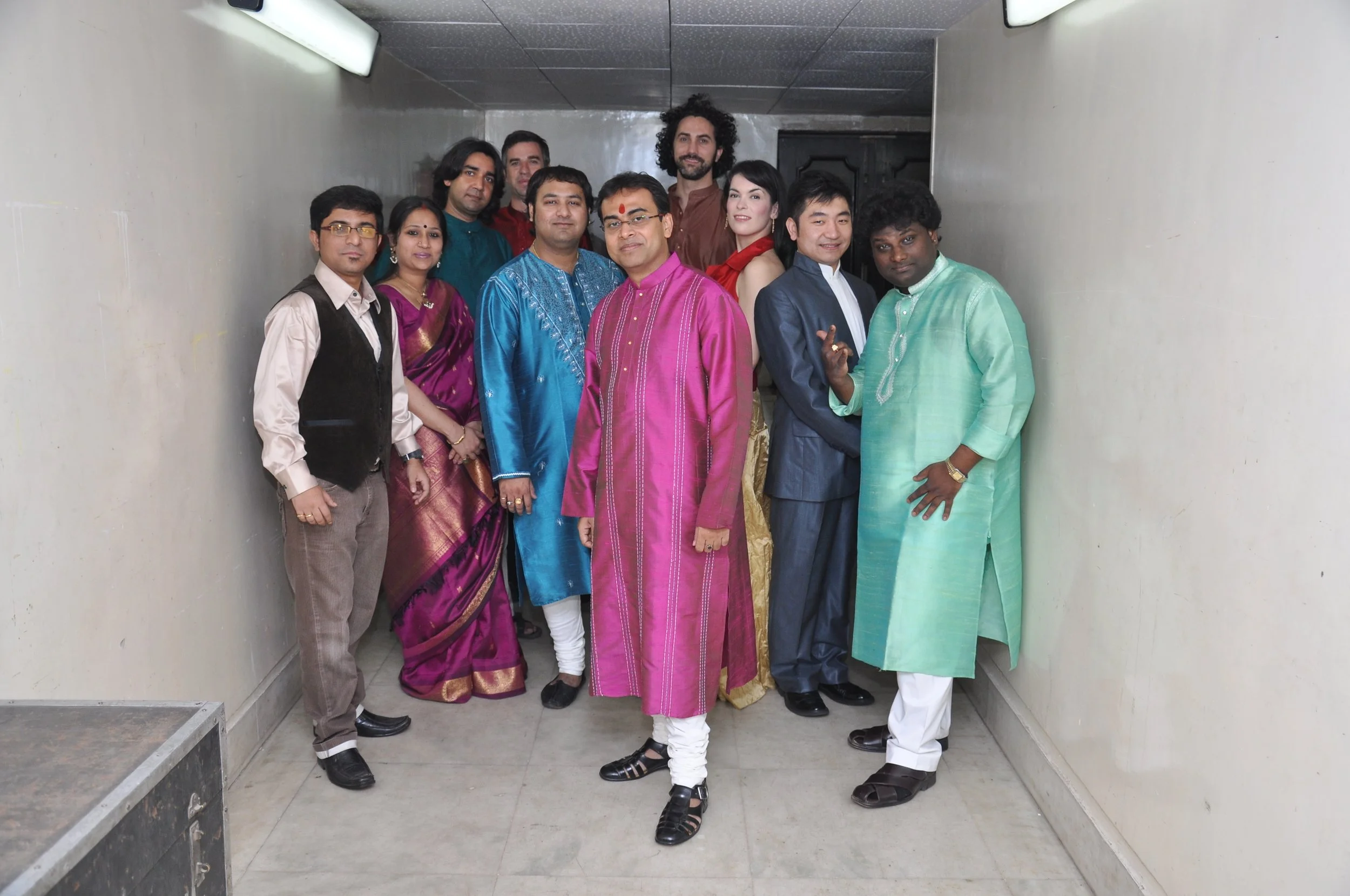



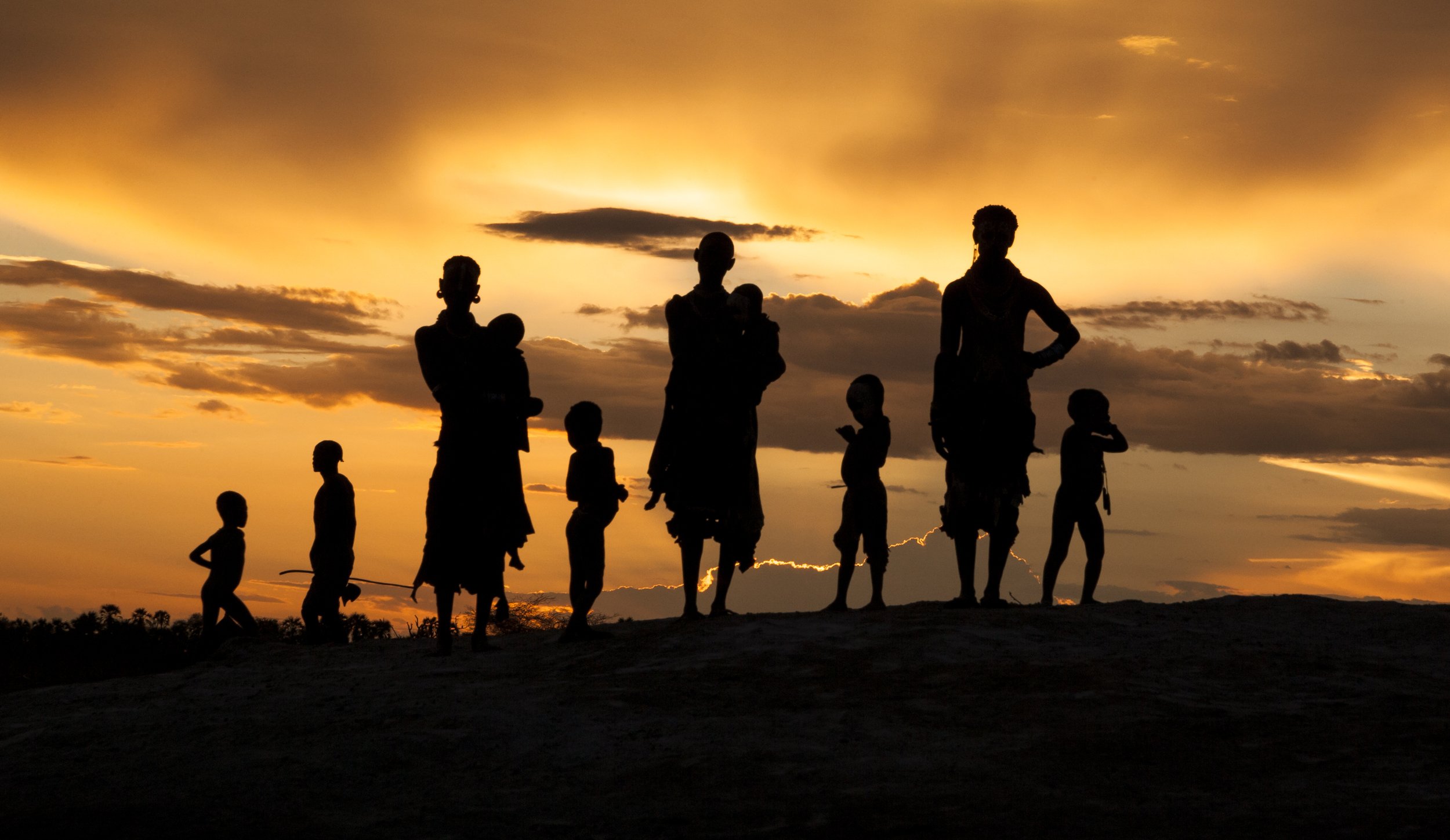


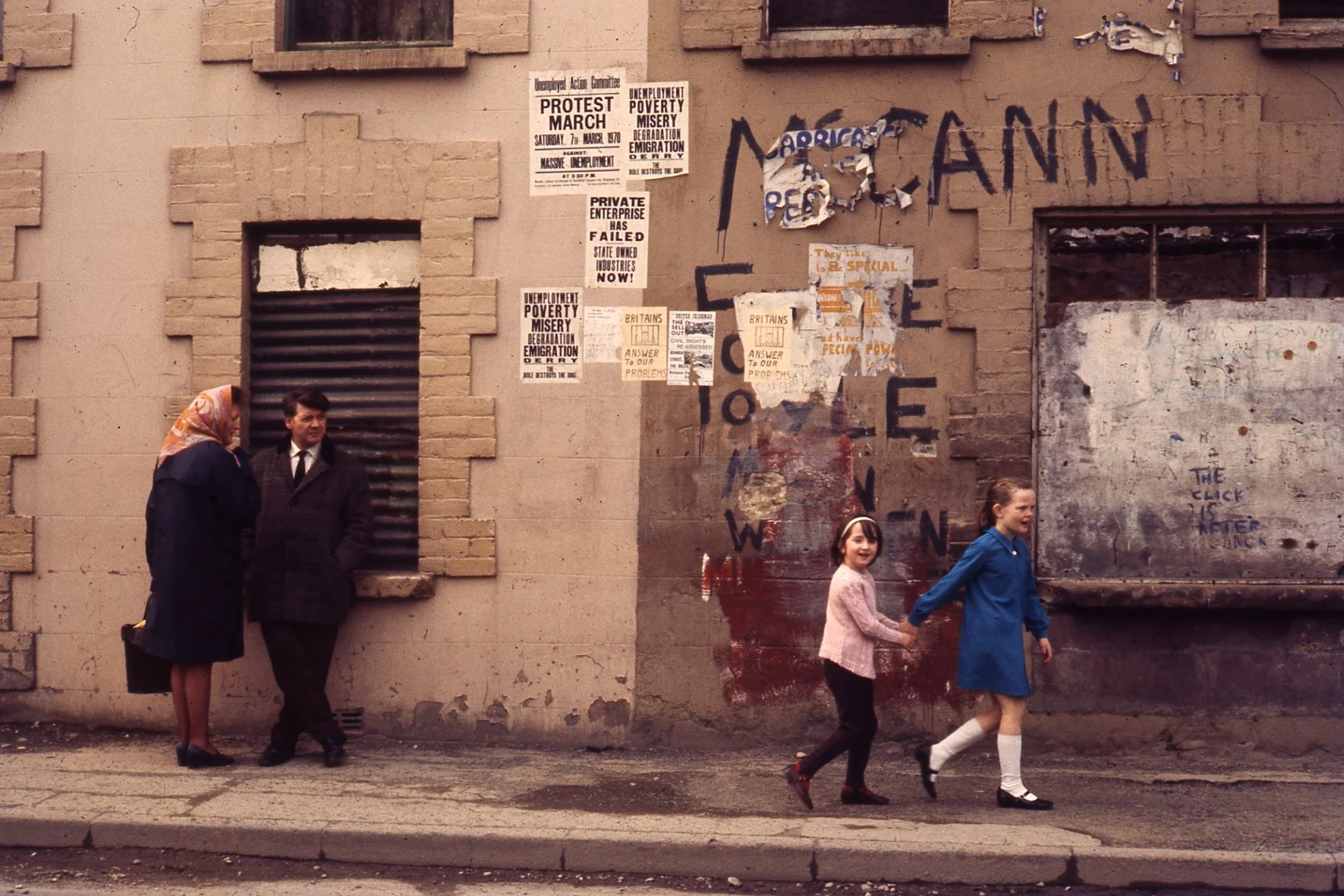
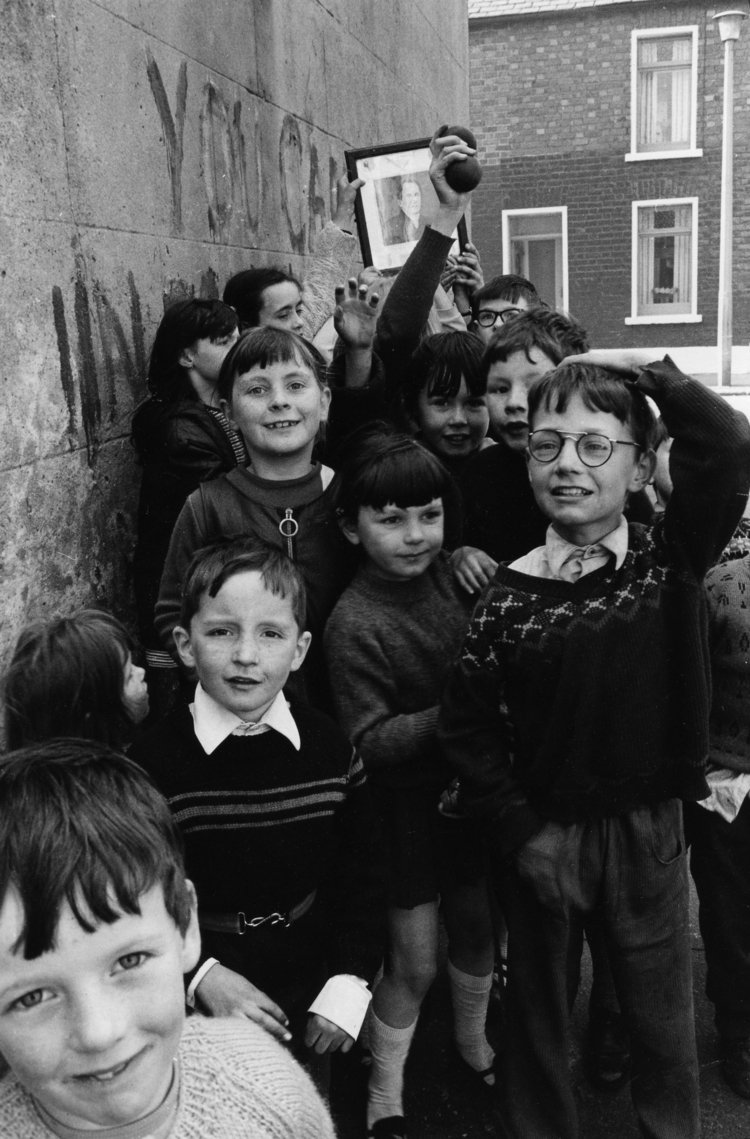
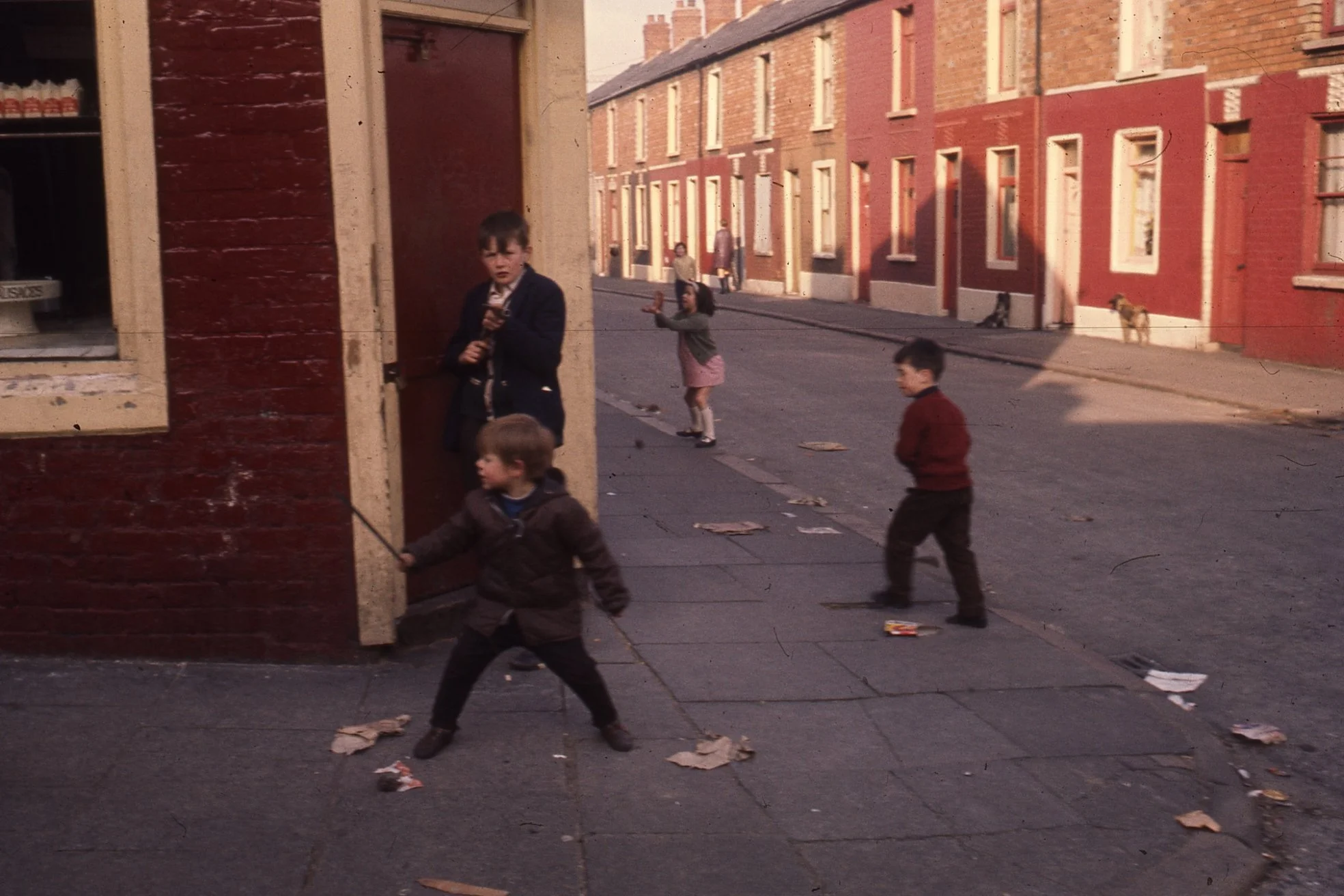

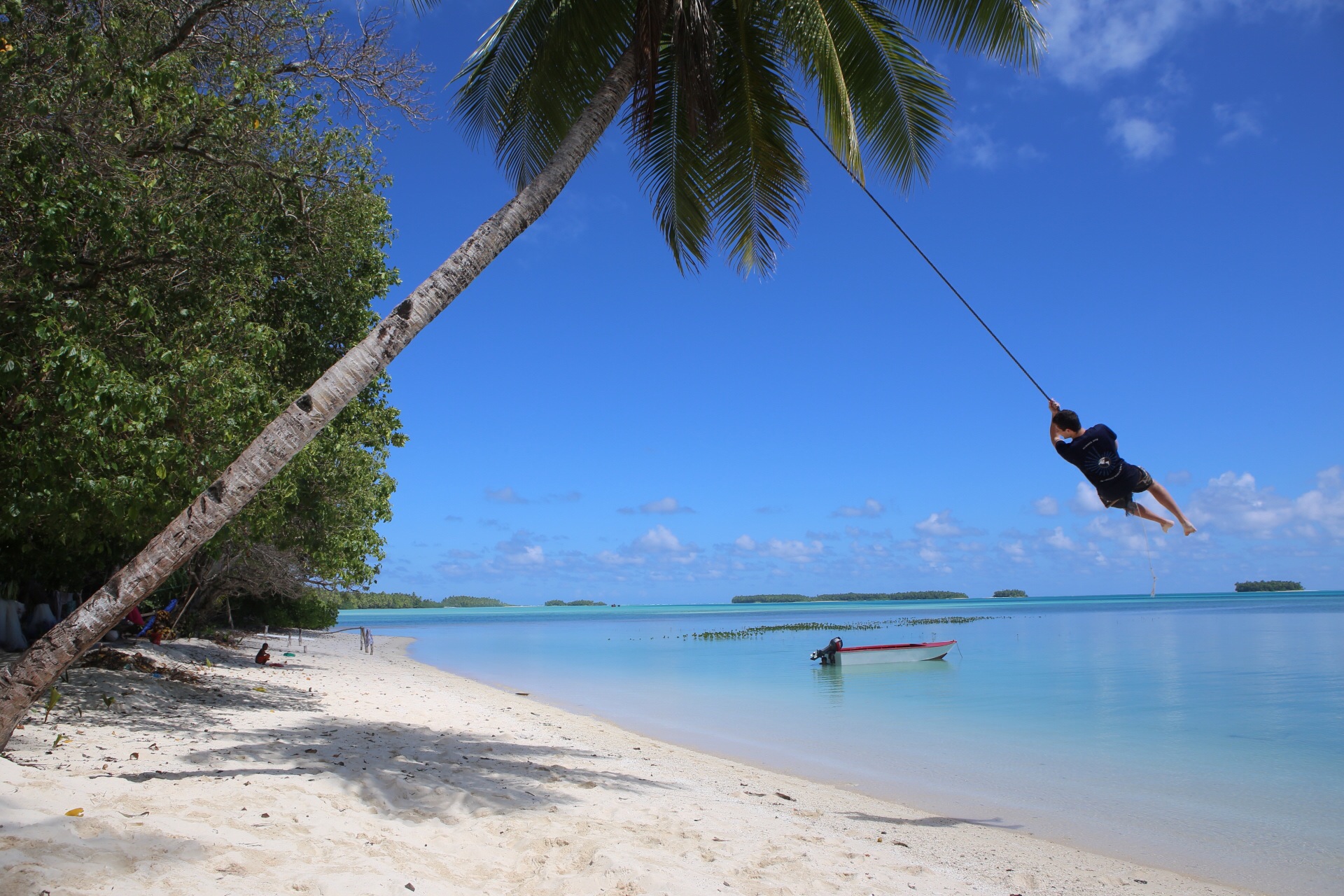
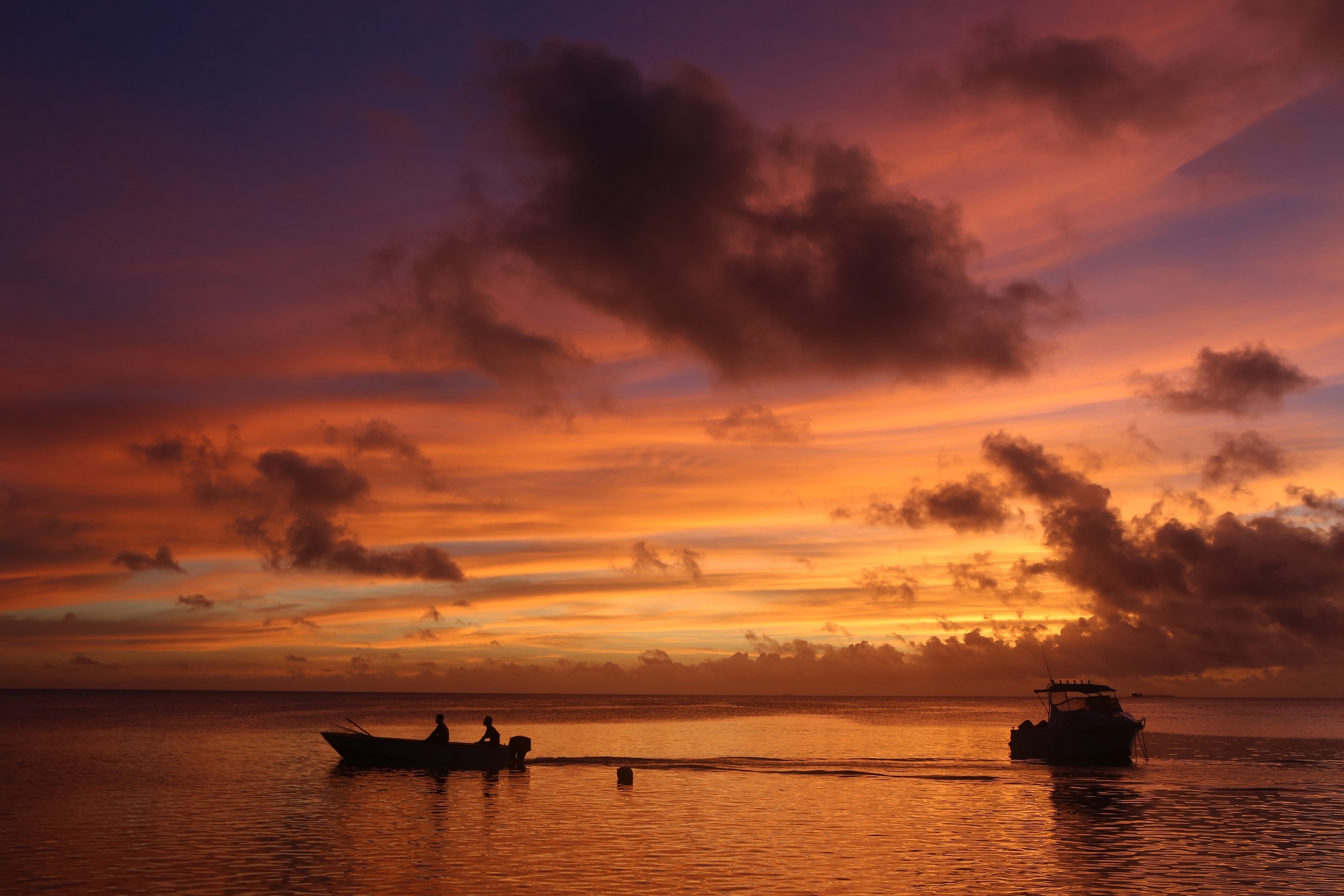
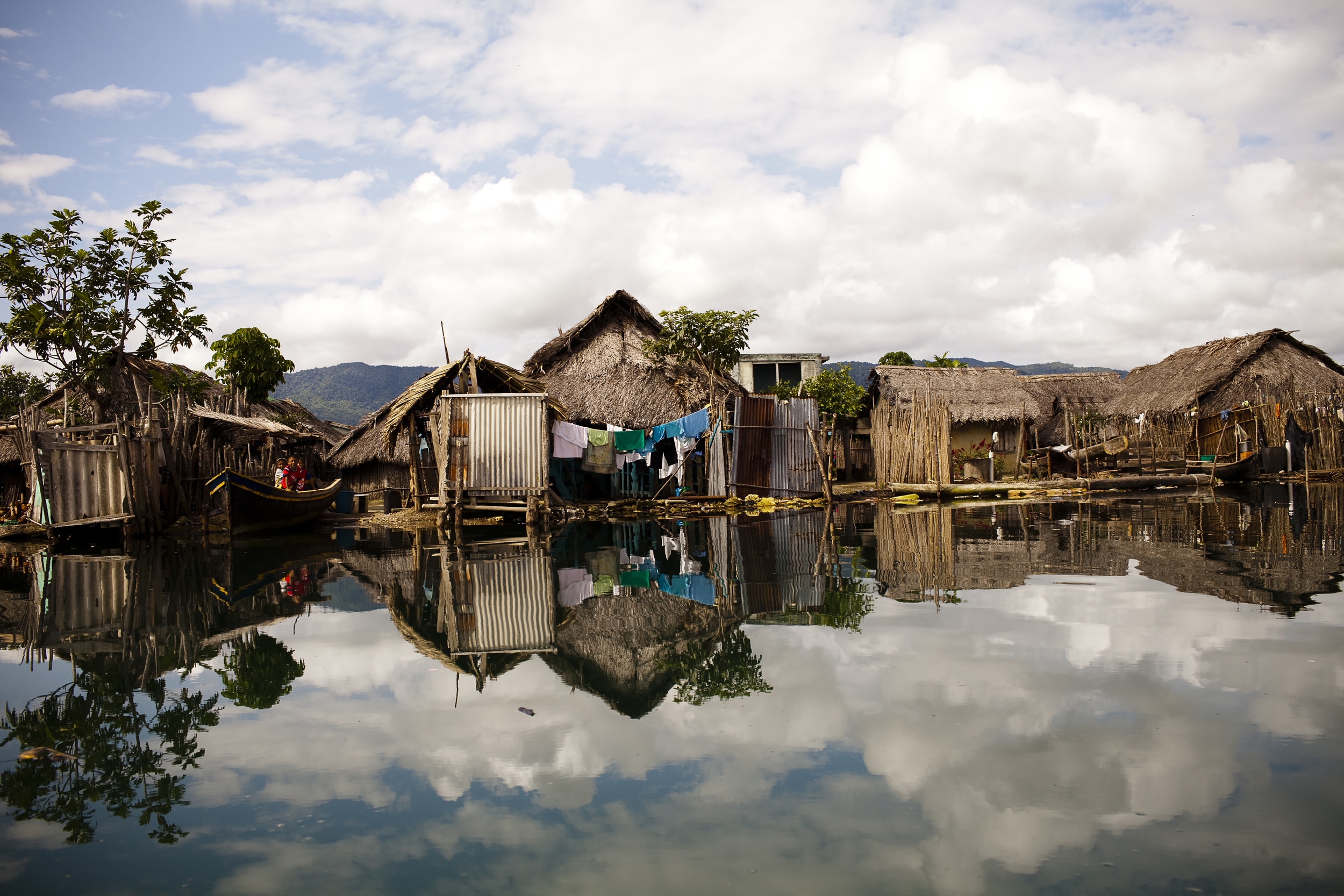
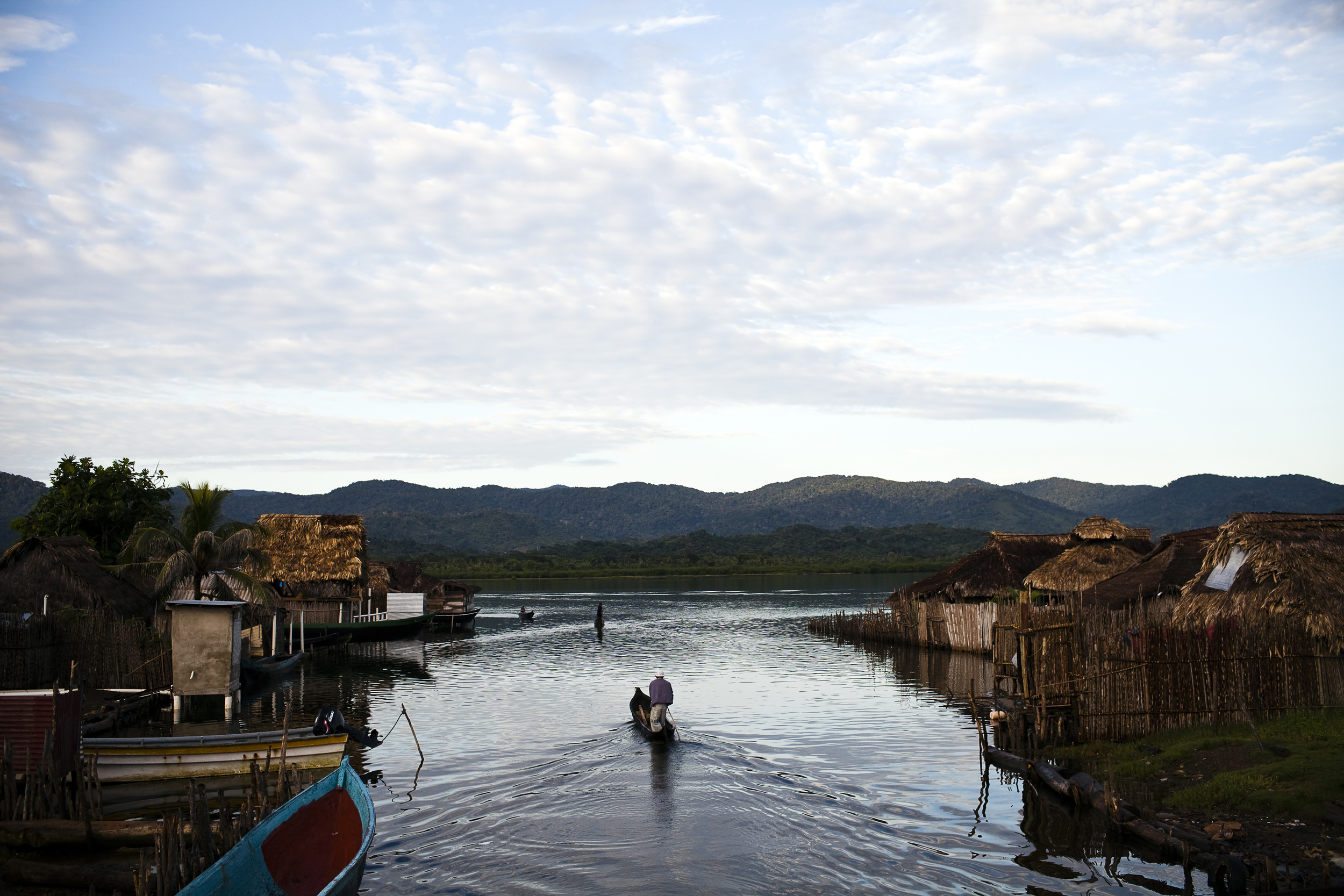
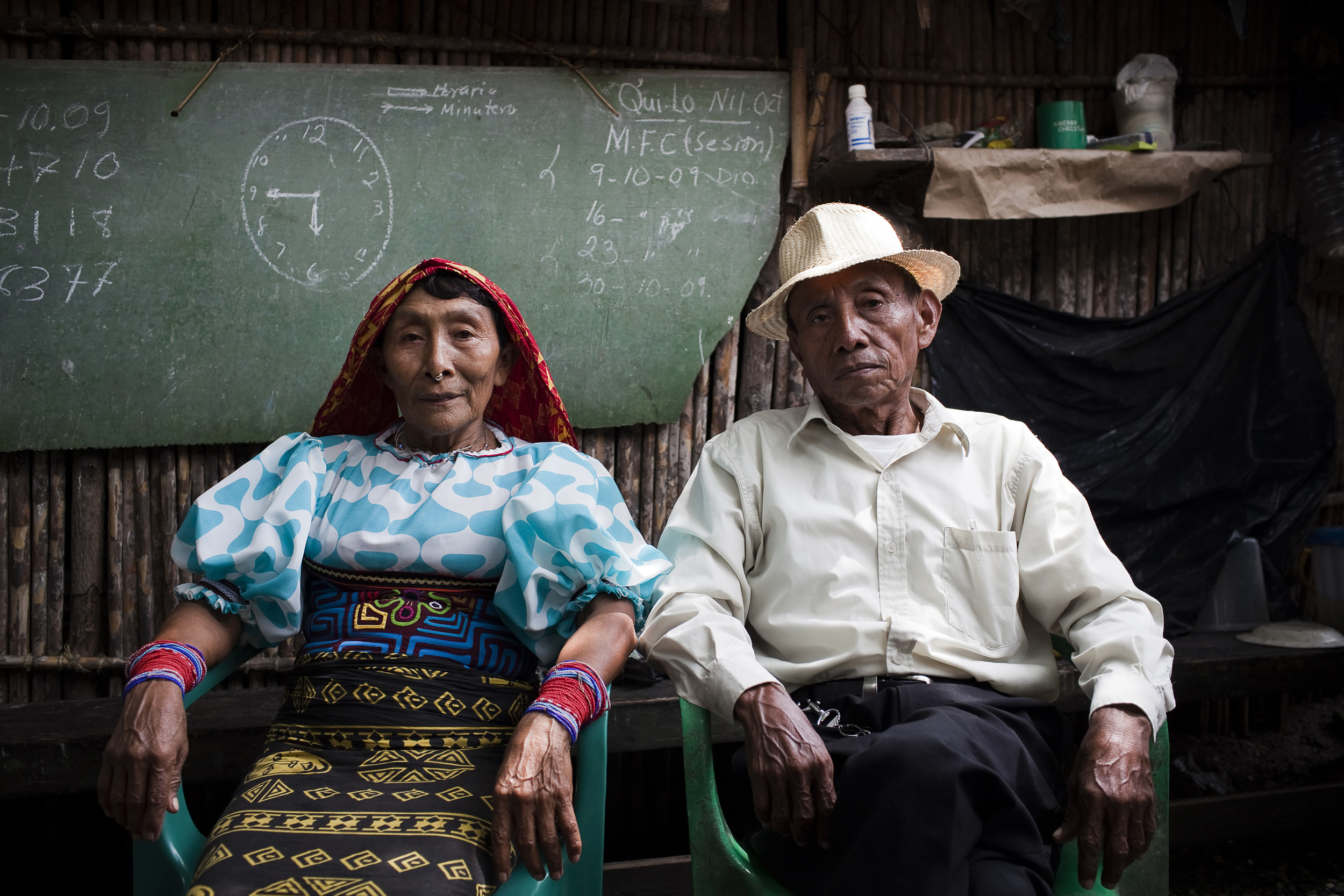
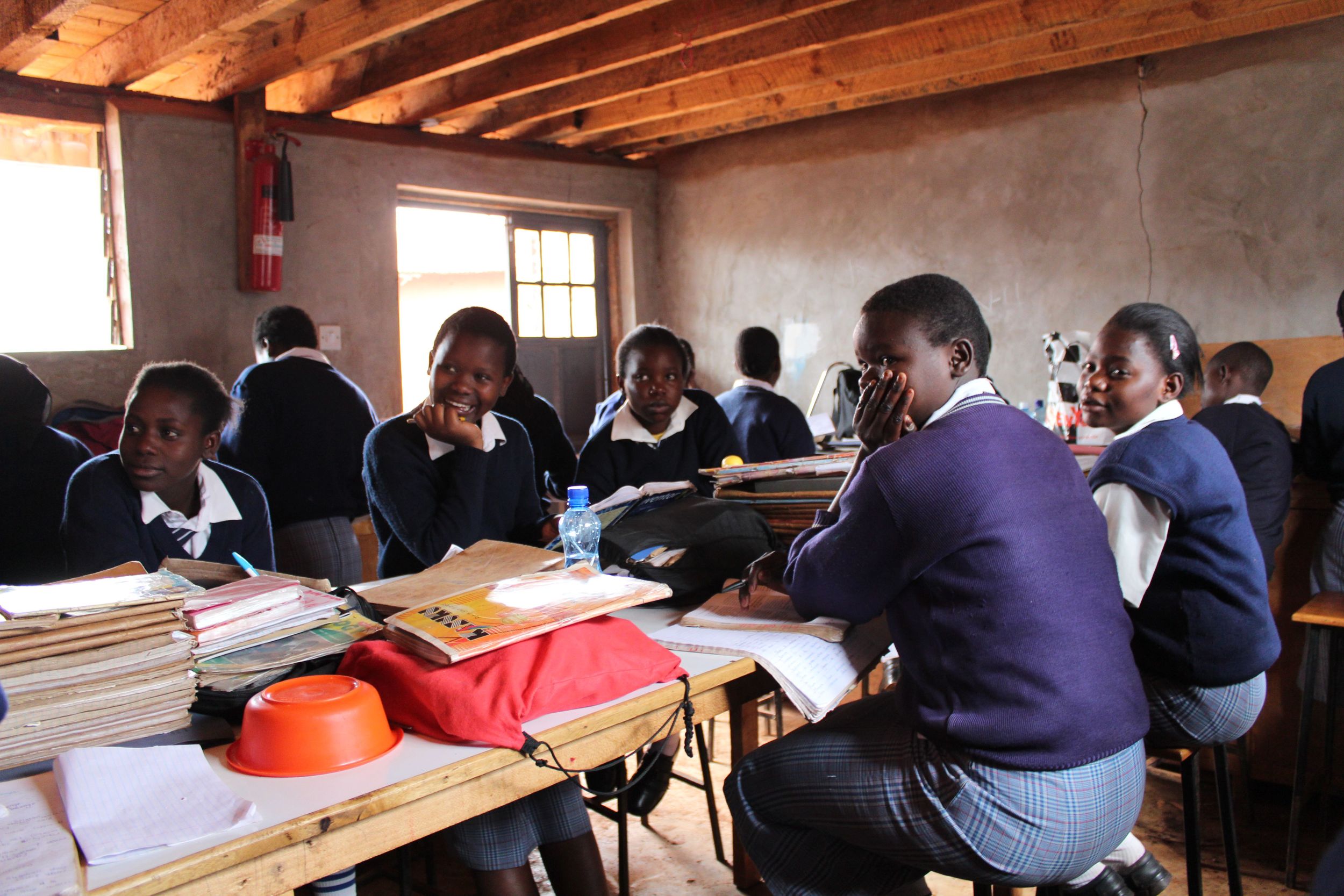
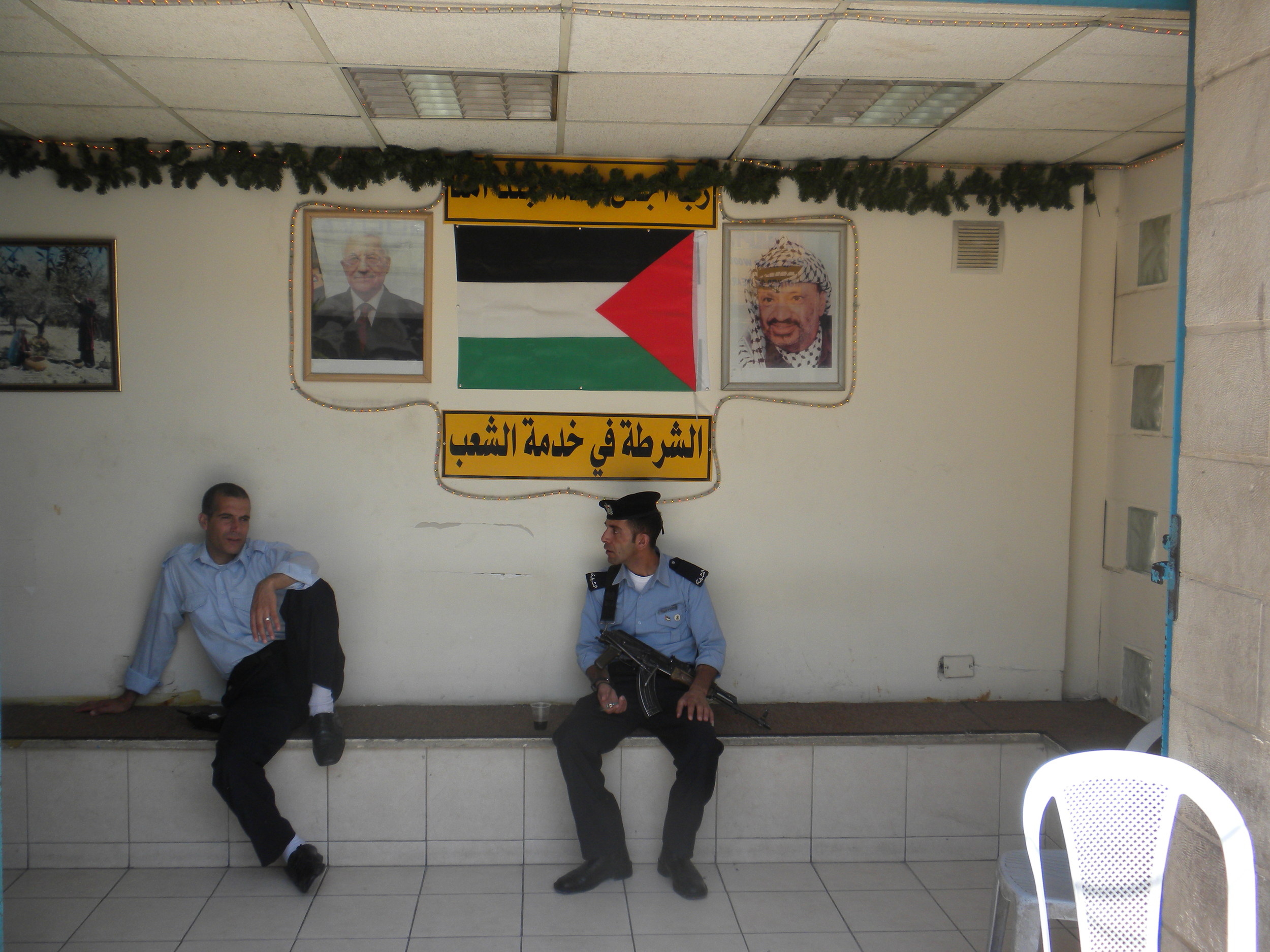
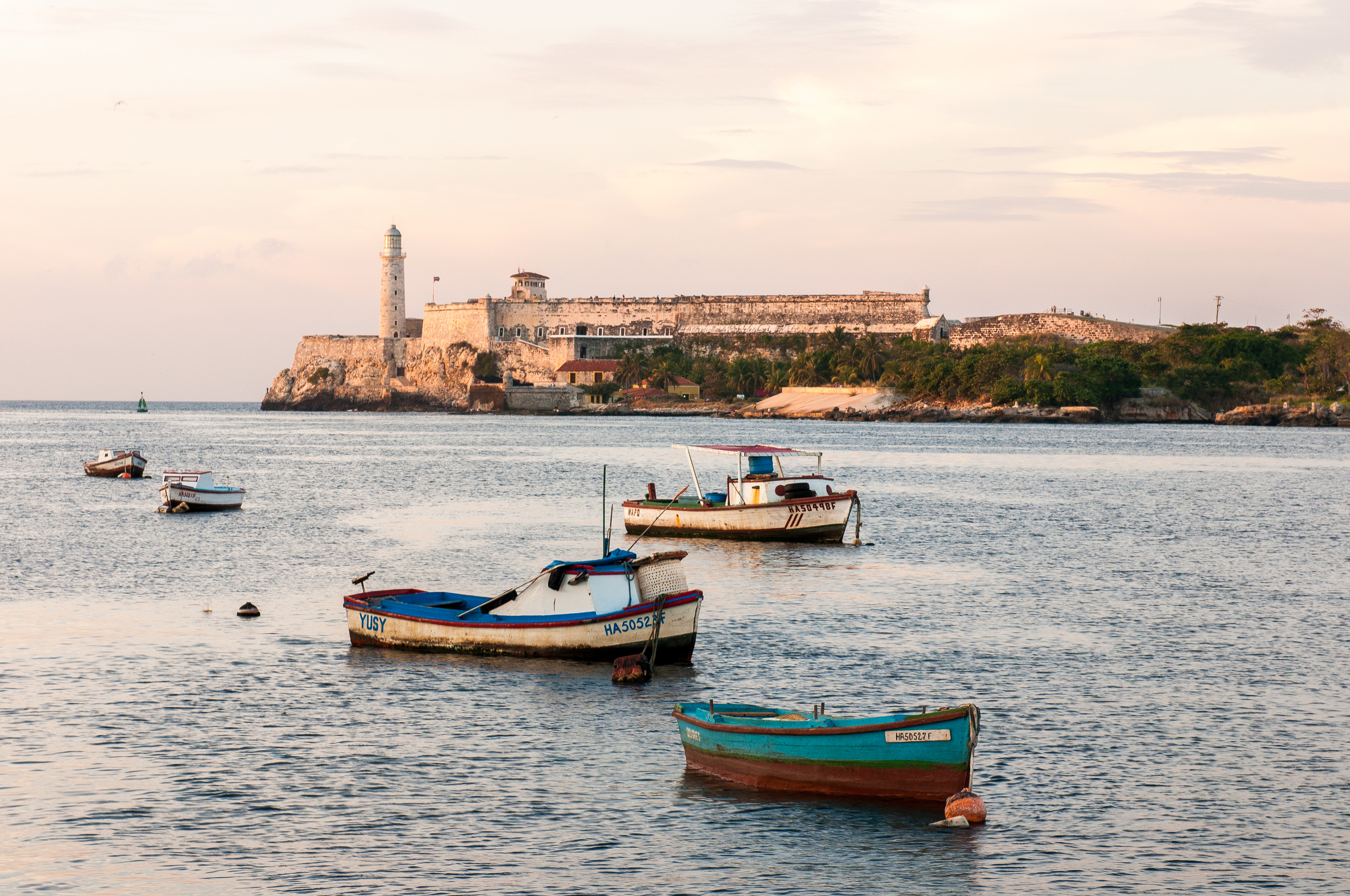
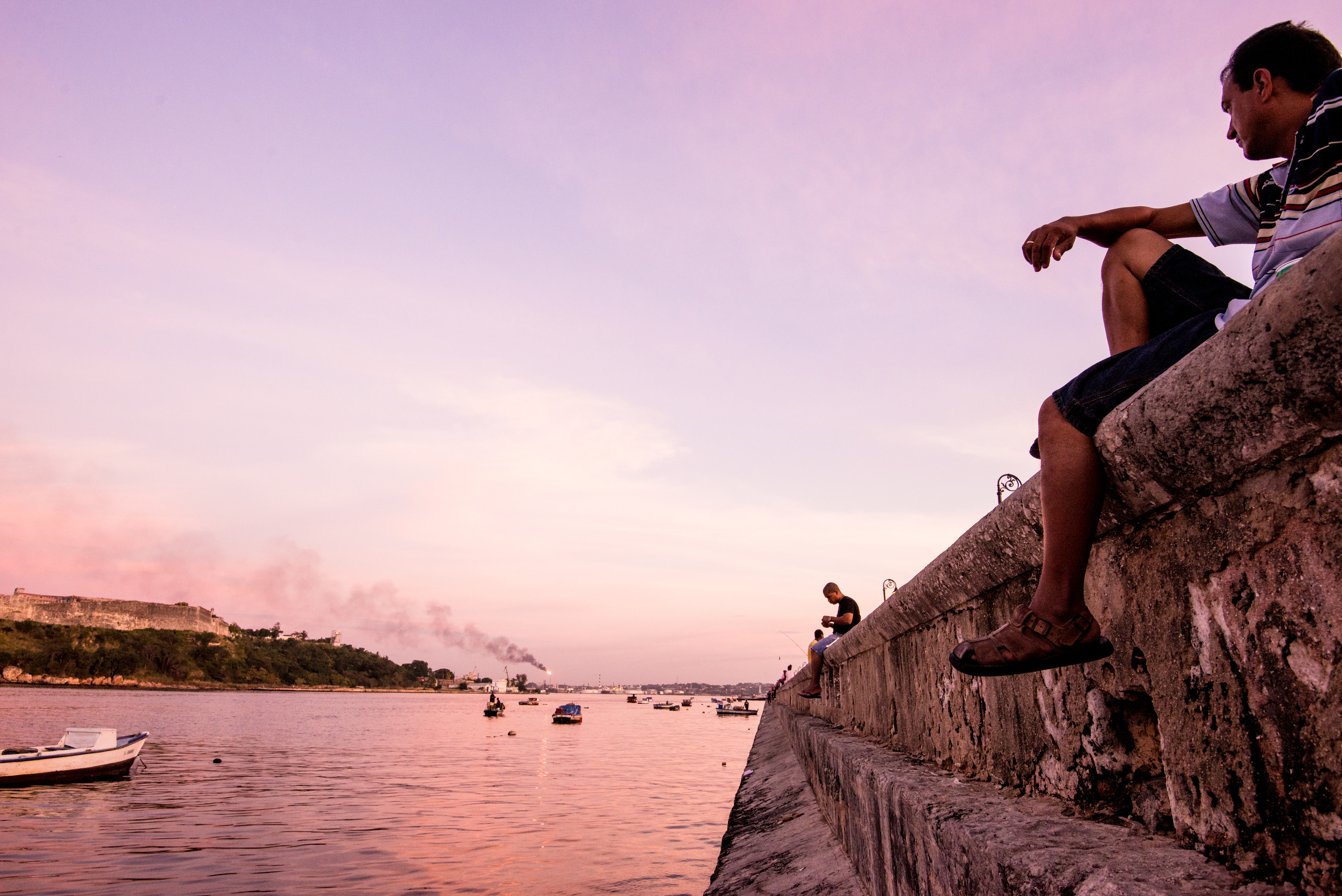
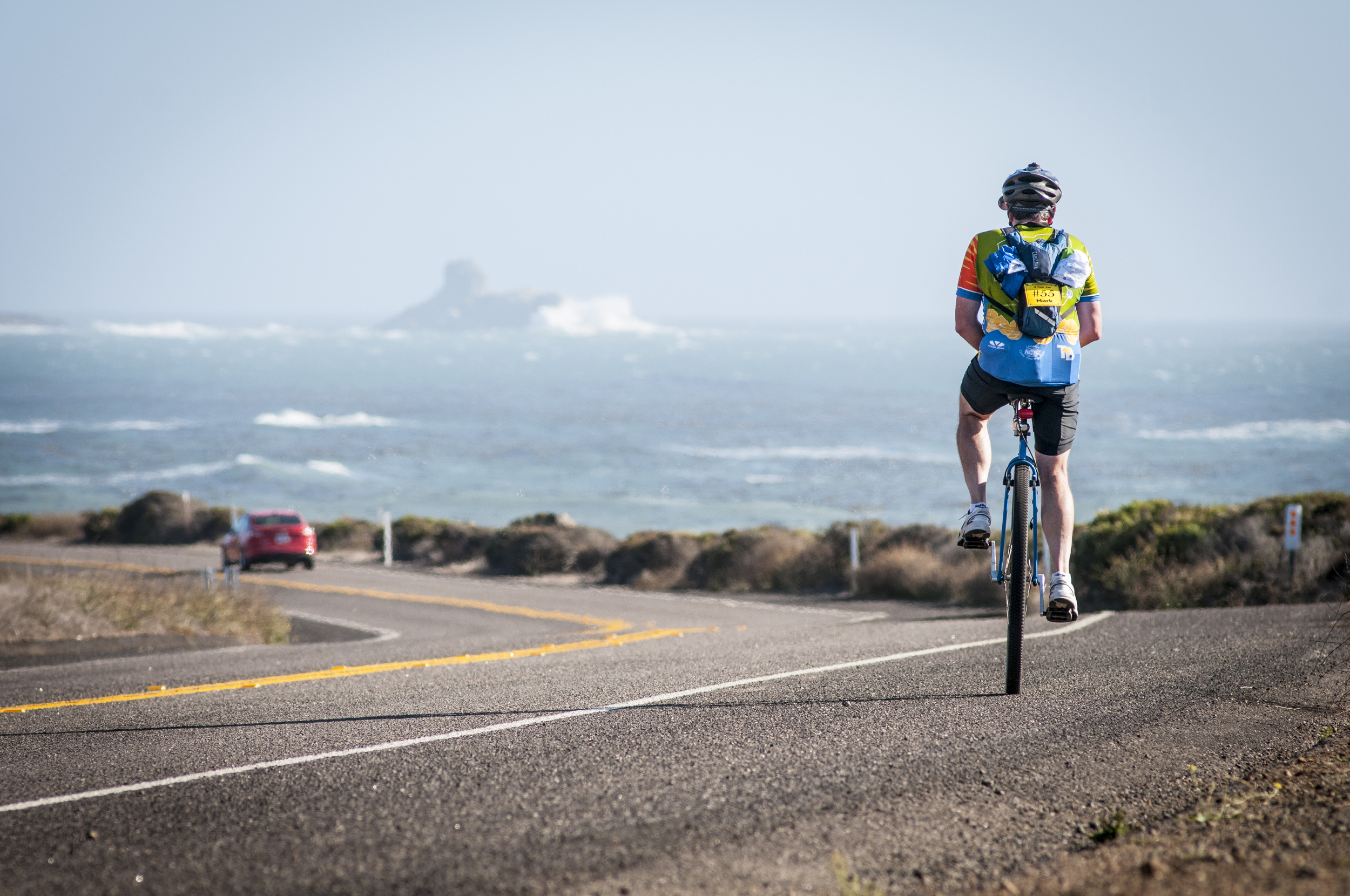
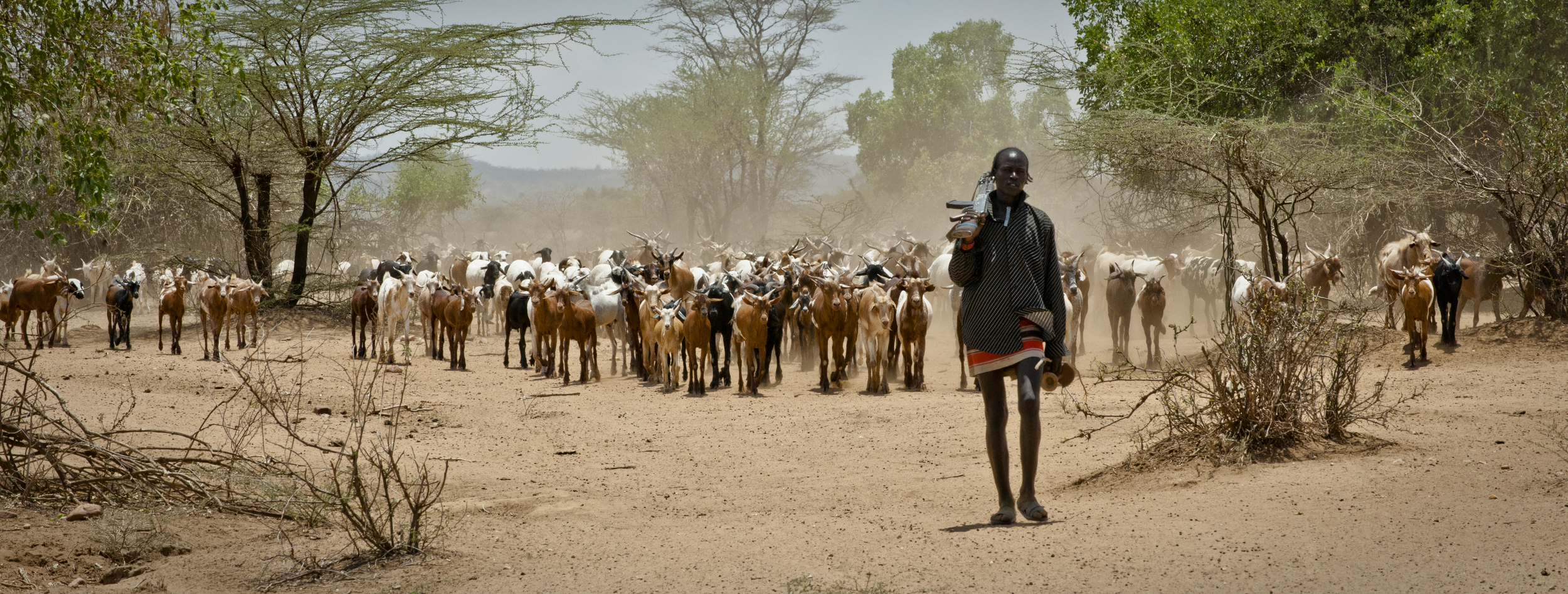
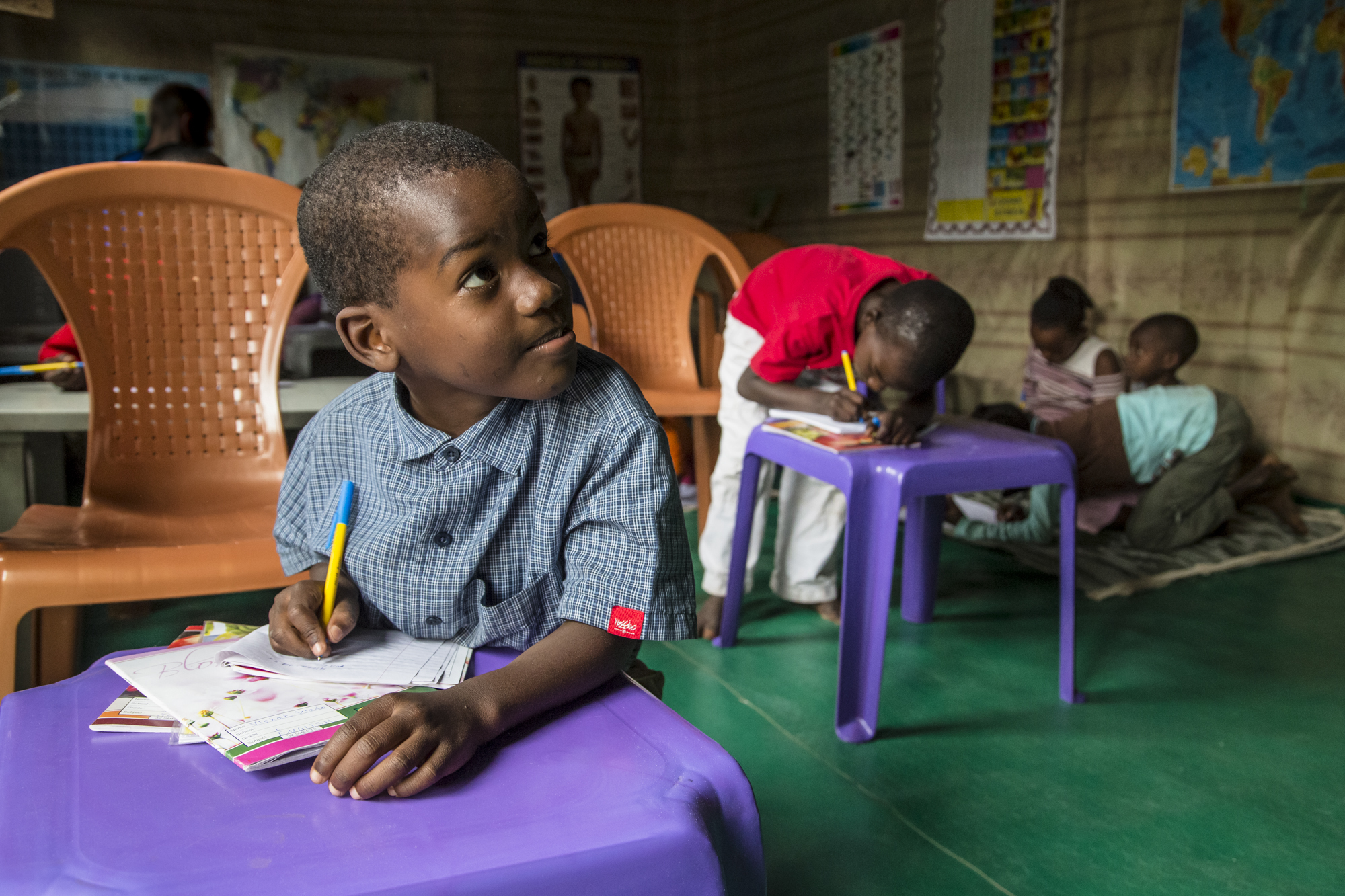

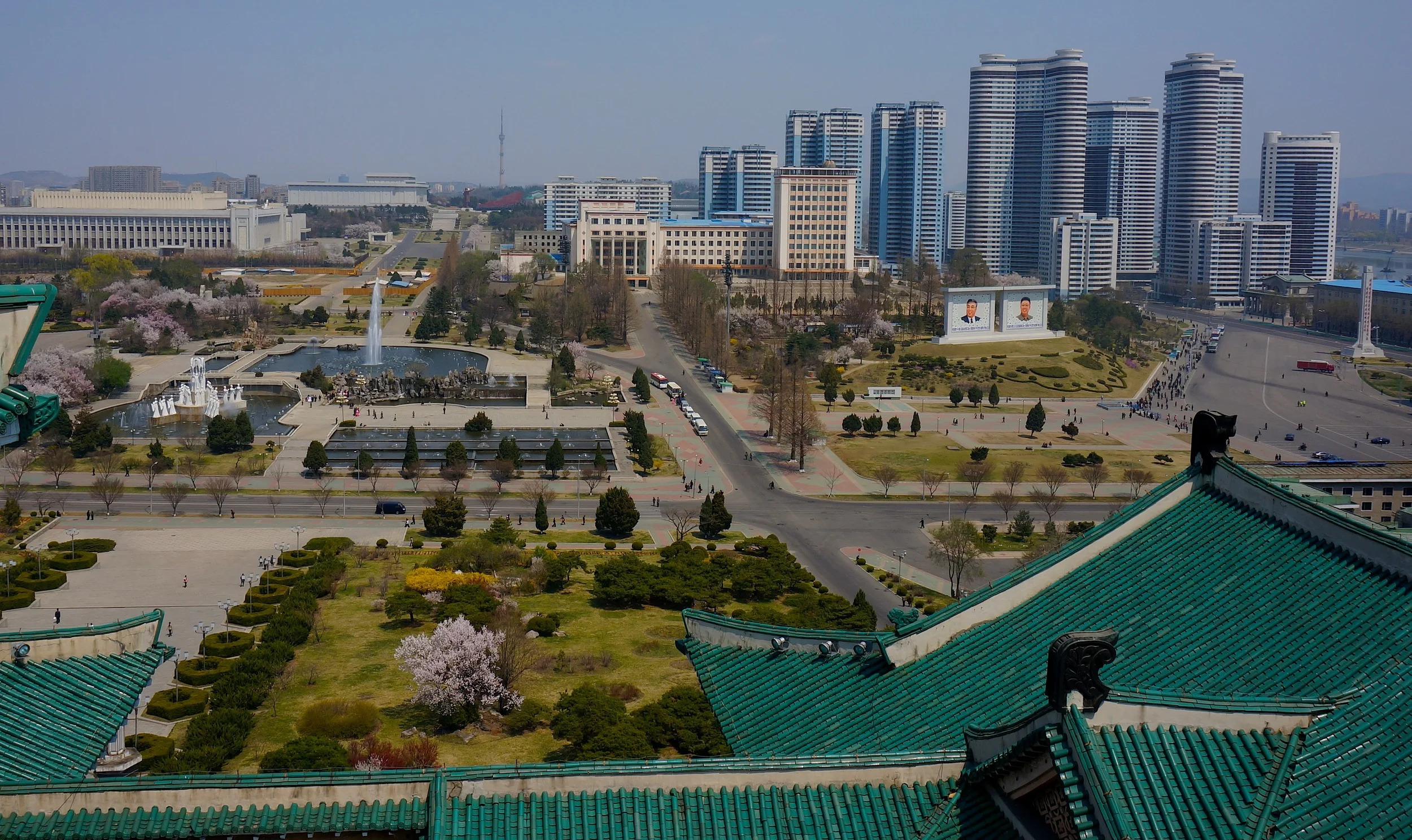
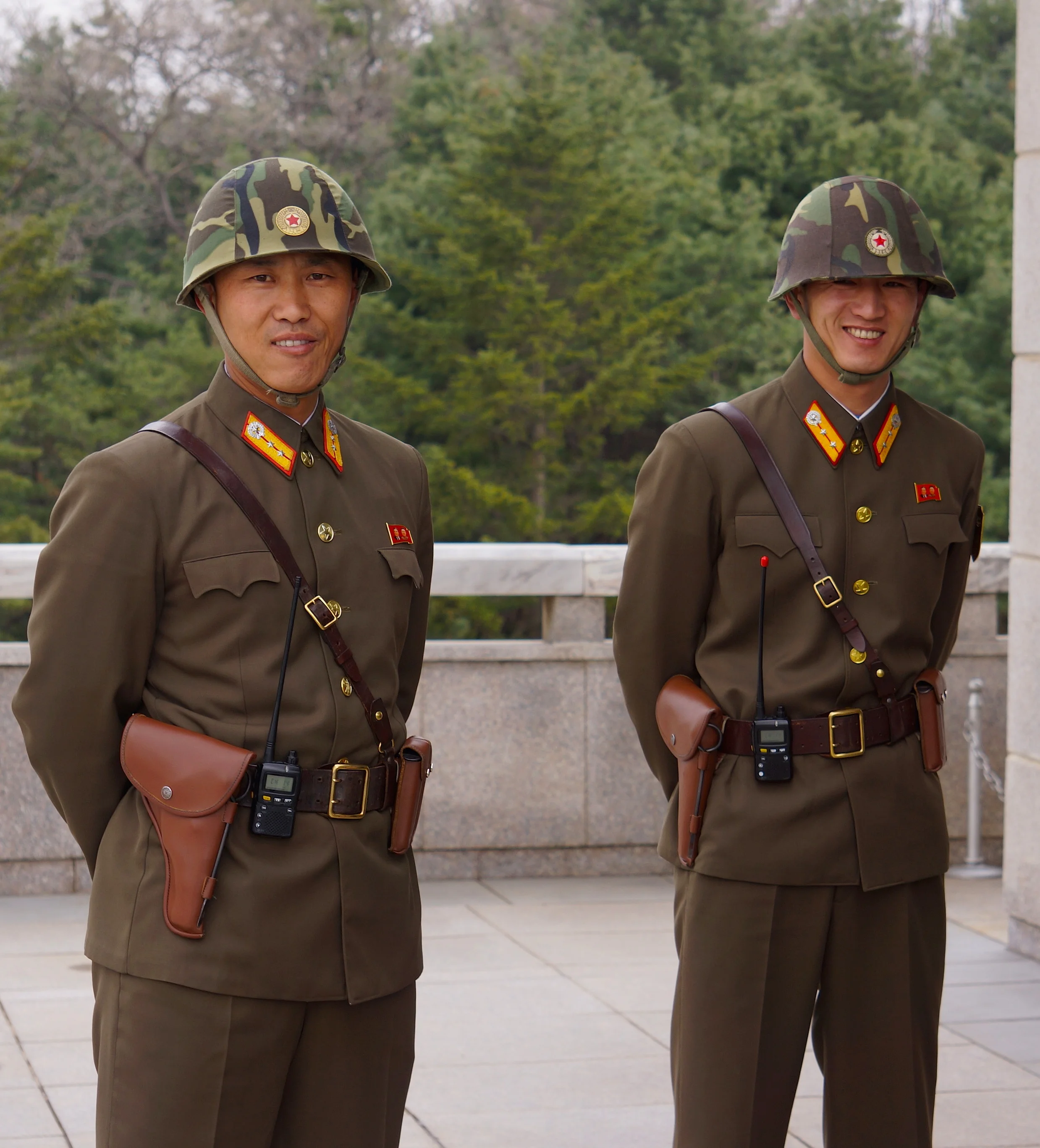

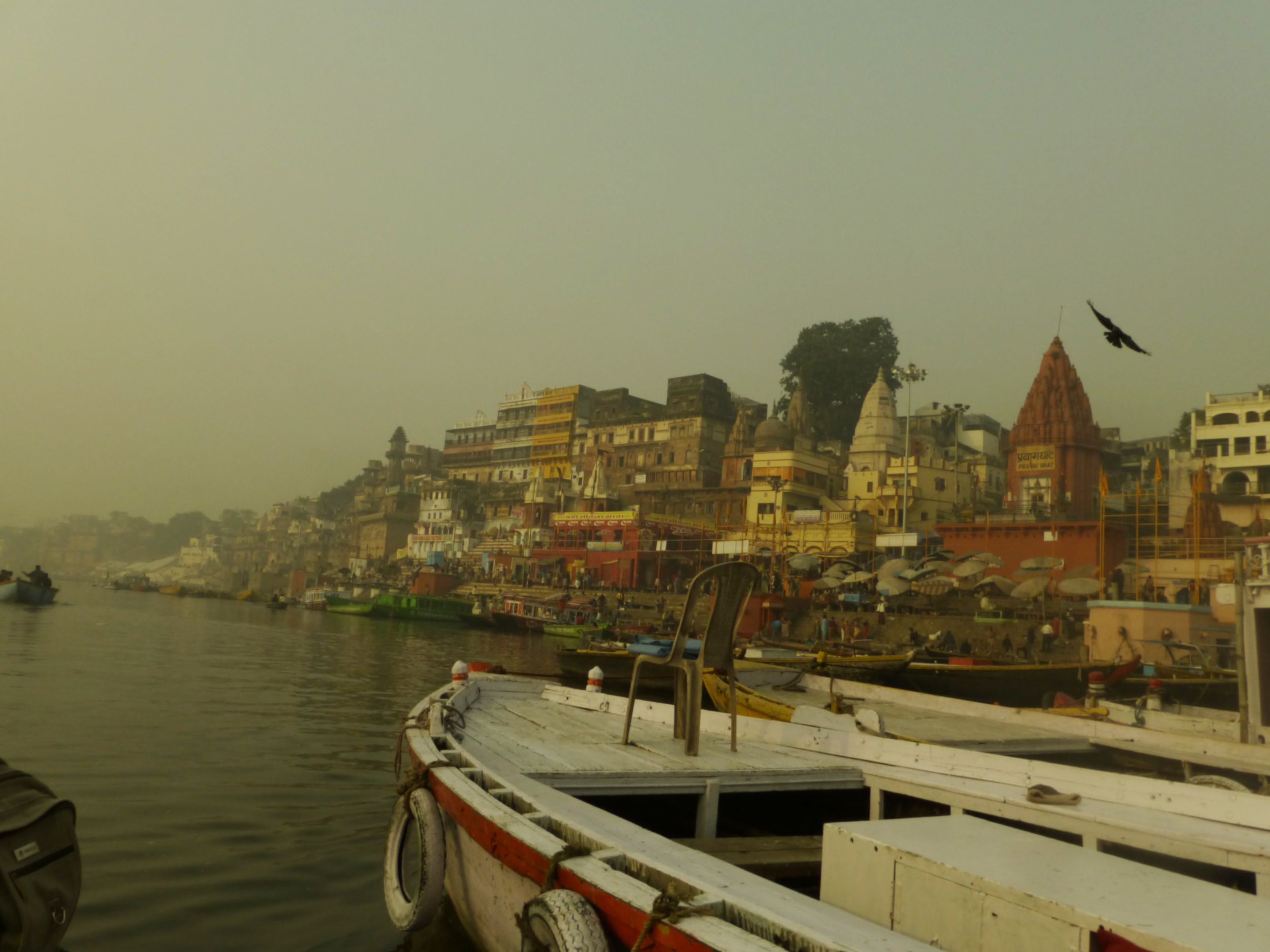











The Beauty of Morning
Aden Dinning, October 2017
It’s early on Sunday morning and the sun is just rising above the mountains across the vast lake. The sun’s rays penetrate through the night’s darkness and fill the sky with a magnificent orange glow. At this time, nobody is awake to appreciate the beauty that is dawn.
Three cabins are situated across a property of a couple acres. In all three cabins people are sound asleep, silently dreaming. However, as the sun rises slightly higher into the sky, its rays begin to seep in through the shutters of the small blue cottage, which is situated in between the other two more modern cabins. In the back bunkroom of the blue cottage, four teens sleep with the shutters shut so as not to be disturbed by the early morning rays. As it is summer and school is out, these teens cherish the opportunity to sleep in and do not want to be awakened so early in the morning. However, in the front bedroom of the cottage the shutters are open and the sun’s rays fill the room. A middle-aged woman is softly kissed on the face by the sunshine and is gently emerges from her slumber. This woman, unlike the teens in the back bedroom, cherishes the beauty of the morning and finds peace in its serenity and magnificence.
Every morning, the woman rises at dawn and goes out on the lake in her long wooden row boat. She treasures the calmness of the water in the morning and loves to start her day with an early row. She slowly rises from her bed and begins to dress. She wears black mid-thigh length shorts with a tight fitting athletic shirt. She ties her hair back in a pony tail and sports a simple black baseball cap to keep the hair out of her eyes and the sun off her face.
After she finishes dressing, she quietly creeps out of the bedroom so she does not wake the teens. She is careful to step over the creaky floorboard and slowly opens the screen door that always squeaks at the hinges. As she steps outside, she makes sure to not let the door slam behind her. Now that she has successfully exited the cottage without disturbing the kids she can finally appreciate the morning. She takes in a big breath through her nose and the crisp morning air fills her with joy. She can smell the Canadian pine needles and feel the wet morning dew seep in through the mesh in her shoes. She begins walking across the grass towards the large garage that is just up the hill, about 500 feet behind the neighboring green cabin.
As she approaches the garage she can hear the faint sound of birds chirping in the distance and the squelching sound of the wet grass beneath her feet. She enters the garage and flips the light switch to the right of the door. Her row boat, which is mounted along the wall, is suddenly illuminated by the light. The boat, which is over fifteen feet long, appears to be difficult to carry, but it is built from fine wood and weighs just under thirty pounds, making it fairly easy for the woman to move. She carefully lifts it from the wall and walks down towards the lake with it hoisted over her shoulder. She can feel the cold, smooth wood against her cheek as she approaches the water.
Once at the water’s edge, she gently slides the boat into the lake and carefully steps inside so as not to tip the slender vessel. As soon as she begins to paddle across the calm water, she is filled with pleasure. The vast open lake immediately becomes her own personal playground.
The woman paddles back and forth, about 200 feet away from shore. Her boat creates a rippling wake as it speeds across the water; its streamline build smoothly cuts through the water’s surface. The woman continues to row for about an hour more, all the while enjoying the morning’s beauties. The woman paddles towards shore as the sun rises higher into the sky and warms the area below. She returns the boat to its proper location in the garage and walks back towards the cottage where the teens are still sleeping.
She quietly enters the cottage through the squeaky screen door and shuts it quietly behind herself once more. She prepares a cup of coffee in the quaint kitchen, and when it is done, she takes it out to the porch and sips it while intently reading a book. She stays there, reading on the porch with her cup of hot coffee, for about another hour.
Meanwhile, in the back bedroom, the teens begin to wake up. It is around 11 am and they have officially slept through the majority of the morning. Each of them rises from their beds and wipes the sleep from their eyes. They take turns going to the bathroom and then wander into the kitchen and make themselves cereal, finally ready to begin their day.
While this is happening, the woman sets down her book, takes her final sip of coffee, and smiles to herself. She gazes out across the lake before her and is thankful for everything she has. She knows one day the kids will come to appreciate the mornings as she does, but for now, she is happy to enjoy the quiet mornings on the lake in solitude.
September 2017
September 2017
Priceless
Lauren LeBlanc, September 2017
While traveling in Thailand we had the opportunity to meet with Ethan Wheeler from Destiny Rescue; CEO of a non-profit organization that saves vulnerable children from human traffickers. During our discussion, Mr. Wheeler explained that he personally goes into brothels to try and convince young girls to join his join his rescue program. The organization has several connections and rescue locations around the world, but when Mr. Wheeler saw a young Indian girl who needed immediate attention and safety, his heart broke and he decided to devote his life to human trafficking. After sending someone into the brothel to check on her, Mr. Wheeler received a picture of a 4-year-old little girl being led by the hand down a poorly lit hallway to greet her first customer. After her rescue, the girl was put into a safe house where she was educated, fed, and able to interact with many other girls.
The fact that we were not educated about this issue was shocking, and drives us to create a service learning to promote the need of thousands of young people around the world. We would like the community to be actively involved by becoming more educated on this topic, and by spreading word of our service learning group, Priceless: The Cost of Human Trafficking. Our mission is to educate and raise awareness about the issue of child trafficking and sexual exploitation both in a local and global context.
May 2017
May 2017
Burning Hot in Benin
Ed Kashi, May 2017
I recently travelled to Benin in West Africa to work on a feature documentary film. While there I discovered that Benin is the birthplace of voodoo. The slave trade of centuries ago deeply connected the country to Haiti, which explains how voodoo extended to the Caribbean and Americas.
This sense of spirit and worship lingered as I worked in the heat on a film about the drug trade and the flow of illicit money from Latin America to Benin and onwards to other parts of the world nefariously. As the director of photography on the feature length documentary, I was intently and intensely shooting video. In this relatively new climate of media multitasking, I was also at work producing one of my firstInstagram stories with intention. I find the plethora of ways to use social media exciting but also overwhelming, causing me to hesitate in fully
engaging in this new method of “storytelling.” There is a constant pressure and an increasingly addictive need to capture the highlights of our travels and daily life. This sense of urgency to share is altering our perceptions of our own experiences and identities.
An aspect of these constantly new forms of storytelling that I find disturbing is in knowing that the tech companies are dictating the pace and profit from our free content. Though it is exciting to experiment and communicate in this perverse media environment, I do feel concern for the involuntary need to adapt, preventing us from mastering any one form. We begin to produce content at an almost maniacal pace for someone else’s profits and technological advancement.When I pause to put aside the narcissistic aspect of social media, I consider not only how we use these mediums, but also why. How does this voluntary production impact us, our own personal experiences? In what way does it add context to the grand mass of content? What exactly are we contributing, and how quickly does it become irrelevant?Perhaps this is a transition to a new enlightenment or form of being.This becomes harder to believe when only our highlights are captured, replacing any possibility of revealing meaning or depth through our channels; thus creating a pattern of false representation and only a minimal sense of understanding the experiences of another. That being said, I remain fascinated in observing and participating in our global wiki of visual content. One of the tropes included is the “on the road” sequence, which I explored while in Benin. This trip became an opportunity to exercise creating on the fly with abandon and instinctual observation.
April 2017
April 2017
Standing Tall
Michael Rattner, April 2017
As I ruminate on my situation, I pondered self-defenestration.
How could I excavate myself from this ruination?
I was locked in a great battle against the forces of evil,
Integrals, derivatives and slope fields (Those were trivial),
But by the day's end,
I stood tall,
Even an Obiri test could not make my B+ fall.
March 2017
March 2017
The Future of US-Vietnamese Relations, an Interview with Ted Osius
Michael Rattner, March 2017
This interview with Ted Osius, US Ambassador to Vietnam, was conducted and condensed by Michael Rattner.
Have you always been interested in International relations and U.S. foreign policy or did this interest develop later in your life?
Really, for a long, long time. I would say it would go back to high school. I took a gap year, I applied, then got into a college that I wanted to go to then I took a gap year. I traveled, worked overseas, I got really interested in my work. I was 17-18, and that gap year got me excited about international relations, and I guess that excitement never died. I’ve been doing this for a while now, and that excitement is still there. It’s never dull, never two days are exactly the same.
What made you fall in love with Vietnam?
I think it comes from the language, because I speak Vietnamese. I feel that I was able to connect with people in a really great and profound way. I biked the length of the country at one point, Hanoi to Saigon, and I could stop everywhere along the way and meet people. And it’s really such a pleasure to be among the Vietnamese, who are really hospitable and welcoming, particularly to Americans. It’s a very, very welcoming and friendly culture and it continues to be. I have a very unusual family; my husband is black, I’m white, and my kids are brown. No one is troubled by that. It’s just a great place to be for Americans.
I was wondering about your carrier, has being gay effected your carrier in the foreign service?
I would say no. I mean there was a time twenty years ago, or more than twenty years ago, where it would’ve. But then, society has changed really dramatically in the last twenty years. So what it used to be, well in the past it might haven’t been possible for me to become an ambassador, (but) when I got confirmed, just two years ago, it wasn’t even an issue. No one was particularly interested in the fact that I was gay, or that my family was the way it is, and it certainly hasn’t inhibited my carrier or my time as ambassador. No, I think is has remarkably not been a factor, especially in recent years.
Photo courtesy of VietnamNet
You were saying that the Vietnamese people are very open to Americans, and I’ve been reading that relations have been on the up and up recently, how do you account for these good relations after the war?
The Vietnamese definitely wanted a good relation with us. Even twenty years ago when we normalized, it was they who sought a relationship with us. For one thing, they’ve had a lot of wars. They fought against the Chinese for 900 years, they fought against the French, then they fought us, then the Chinese again. And somewhere in there they fought the Cambodians. They’ve had a lot of war. So, the fact that they’ve had a war with us has not left the long, bitter taste that you might expect. In fact, 92% of Vietnamese consider the United States as their country’s best friend. So they really wanted a relationship with us. And in recent years they have sought to deepen that relationship, partly because of trouble in their own neighborhood. So they want to not be dominated by their northern neighbor, China. But they also see opportunities in connecting with us, if they want to advance or develop their economy, develop their education system, deal with some of the challenges like environmental or health challenges they face, contribute to global solutions like peacekeeping. These are all things they can do much better with us rather than alone. They love to advance their national interests and their place in the world, so they thought a good friendship with us would be beneficial.
With the U.S.-Vietnam Comprehensive Partnership and the recent lift of the export of deadly weapons to Vietnam from the U.S., do you see Vietnam as becoming a possible U.S. military ally in the South China sea?
I wouldn’t use the world ally, because alliance implies a mutual defense treaty. But, what I would say is both countries look to the other a potentially powerful partner. So let’s call it a partnership. We have several power alliances in Asia, but we have an increasing number of partnerships. So India, not an ally, but an increasingly strong partner of the U.S., Indonesia, not an ally but a strong partner, and Vietnam, another increasingly strong partner. So we are learning to do things together that are mutually beneficial, but without using the term alliance, which would require that we defend one another.
February 2017
February 2017
The AjA Project
Namu Sampath, February 2017
This year marks the 15th anniversary of The AjA Project !
Co-founded by Shinpei Takeda and Warren Ogden in 2000, The AjA Project is an organization that works to transform the lives of youth and communities through photography. I had the opportunity to catch up with Shinpei on Friday, November 4th, and we discussed his inspiration for creating The AjA Project, his work with refugee communities in the El Cajon area, as well as his future plans.
The interview was conducted in the lobby of the AjA building that used to be the City Heights public library, where the entirety of wall space is filled with past art pieces and participant photographs. Shinpei and I began by talking about his journey from Japan to North Carolina for college. Shin told me that his confusion about what he wanted do with his life led him to get a grant from his university to travel to Thailand: “I started to go there [Thailand] and teachEnglish.” By junior year, Shin started doing photography projects with one of his friends from school and they eventually did a show in New York City that completely altered his view about art. Through his travels, Shin felt he had seen both sides of the spectrum, and wanted to build abridge between two communities: the refugees and the wealthy, “For me, it’s all about communicating the two sides. Getting people to see the stories on both ends is how I want to create the story.”
Shinpei Takeda
Stories are extremely powerful tools to convey messages, and they are tools that Shinpei understands and uses in all of his pieces. This theme of storytelling and creating memories inspires a lot of people regardless of their backgrounds. Shin learned the importance of visual storytelling at a young age. “I’m privileged to have traveled from one place to another,” Shin shared, “and I want people to understand my experience. It all started out when I was a kid, andI wanted people to understand what I was seeing in different places. I couldn’t articulate it, so Is tarted taking pictures.” This desire to help people understand various topics also inspired Shinto create common ground between people who don’t understand the similarities between themselves and others. “We are not so different from each other. They [refugees] are not terrorists, they are not dangerous, and we need to break that misconception. The world will be abetter place.”
Shinpei Takeda started The AjA project in 2000 when he was 21 years old in partnership with fellow graduate student, Warren Ogden. In those early years Shin financed the work by driving rickshaws on the weekend and writing grants during the weekdays. The inspiration originated from a dream to create an organization that worked to empower the refugees in Thailand, but then grew as The AjA Project team realized that the scope of the issue was much greater. They sought to create an organization that has a lasting impact on the citizens of San Diego.
When you imagine an art piece, do you usually imagine it in a museum? An art gallery? What about in a public space? The location of an art piece helps define its meaning for its audience. Recently in Dresden, Germany, one site of the horrific World War II bombing, Shinpei created an art piece that spoke to the tensions in that small city and allowed people to start talking about what had happened in their history. “[With art], there will always be dialogue. Art is tangible, but it’s not too personal; art is an excuse to talk about something; and art is a form of communication.”
What I took away from this interview was that art making does not have to be about the individual artist showing their work; it can be about connecting a story between unlikely people and creating a safe space for everyone to participate in something larger than themselves. This is a story that I am grateful to be a part of.
January 2017
January 2017
San Diego Chill
Isaiah Granet, January 2017
The San Diego Chill is a charity that I founded as part of my Bar Mitzvah Project when I was 12. I had always loved working with kids and wanted to do something that would also utilize my passion for ice hockey. From this, the Chill was born. The Chill's main mission is to help kids with developmental disabilities, or special needs, play ice hockey on an amateur level. We currently have 27 players participating in the program.
We strive to accomplish three main goals. The first is to create a support community for both the players and parents, where they feel comfortable and safe. The second goal is to be able to teach each of the players the team values that they would never have been exposed to without the Chill. These are values like respect, teamwork, listening, and perseverance. Lastly, and most obviously, we strive to teach each player how to play ice hockey.
Each player is provided a full set of hockey gear - including helmets and skates, at absolutely no cost.No player is ever charged to play and we are run solely on donations and grants, despite the 8,000 dollar per year ice time and the cost of about 300 dollars of equipment for each player. In the future, we are hoping to secure enough funding to be able to secure the program, financially, for the time being. I am also in the process of recruiting more players and coaches to the program so we can continue to expand and make a difference in our community.
*Help out Isaiah's charity by visiting http://sandiegochill.org/ and donating!
December 2016
December 2016
Vanishing Oasis
Scott London, December 2016
The Salton Sea was created by accident more than a century ago. After a season of unusually heavy rainfall, the Colorado River broke through an irrigation canal and poured into California’s Coachella and Imperial valleys. The flooding continued for 18 months before engineers were finally able to repair the breach. The lake that was left behind wasn’t deep, but it was enormous. It covered about 1,000 square miles.
Over the next half-century, runoff from the Imperial Valley’s huge farming operations offset much of the annual evaporation and kept the lake viable. The place soon became an inland destination, attracting boaters, water skiers, and vacationers. Anglers flocked to the sea after it was stocked with croaker, sargo and corvina from the Gulf of California.
By the 1950s, resorts and subdivisions began cropping up along the shore. Developers hailed it as “America’s Riviera.” Like nearby Las Vegas, it became a playground for celebrities like Dean Martin and Frank Sinatra. At one point, the Salton Sea attracted more visitors per year than Yosemite National Park.
But there were problems. The agricultural runoff feeding the Salton Sea was driving up the salt content of the water, making the ecosystem increasingly uninhabitable for fish and the birds that feed on them. The lake was also being fed by the New River, one of America’s most polluted waterways, one which regularly brought in raw sewage from Mexico.
These troubles were exacerbated in the late 1970s after a series of intense storms brought record rainfall to southeastern California. Since the Salton Sea has no natural outlet, the water level rose by several feet, inundating shoreline communities and driving out local residents. Many of them never returned.
The flood waters eventually receded, but the crisis facing the Salton Sea has only intensified. The lake is shrinking. The fish are dying. The air smells foul. And the once-thriving communities and tourist resorts along the shore are mostly abandoned.
As a photographer, I became fascinated by the Salton Sea about a decade ago. I had seen the work of Richard Misrach and Kim Stringfellow, great photographers who had documented the devastation and decline of the area following the floods of the 1970s.
Inspired by their work, I went to Bombay Beach, Desert Shores, Salton City and other shoreline communities. Everywhere I turned, I found homes and cars abandoned to the elements, as if their owners had abruptly decided to leave one day. In some areas, I found household items—arm chairs, kitchen tables, children’s toys—still in situ several decades on, slowly deteriorating in the hot sun.
As I returned to the Salton Sea on subsequent visits, it struck me that there was more to the story than met the eye. The curious evolution of the Salton Sea was not just a story of boom and bust, it was also a story about a vanishing oasis—a place of uncommon natural beauty now facing a host of challenges, from drought and pollution to poverty and mismanagement.
The shoreline is receding so fast that in some areas boat ramps and fishing piers now stand on dry land, thousands of feet from the water. As the Salton Sea evaporates, toxic particles in the lakebed are exposed to the air. When the wind kicks up, these particles become airborne and are carried afield, posing health risks to people throughout southern California.
For decades lawmakers have largely ignored the problem. In June 2016, California governor Jerry Brown earmarked $80.5 million dollars to begin restoration work at the sea. But there is still no consensus about how to address the problem, much less an action plan for actually solving it.
As the Salton Sea continues to dry up at an alarming rate—a process that is likely to accelerate next year as the mitigation water feeding the lake is diverted to San Diego and other coastal cities—time is running out.
Scott London is a photojournalist living in Santa Barbara, California. His photographs have been widely published, appearing in books, newspapers and magazines worldwide. Publications include Rolling Stone, Vanity Fair, Newsweek, The Atlantic, Wired, Fast Company, GQ, Architectural Digest and National Geographic Traveler. His book, Burning Man: Art on Fire (with Jennifer Raiser and Sidney Erthal), was published in August 2016.
November 2016
November 2016
Balancing Life on the West Bank
Mohammed Assi, November 2016
Life forces an individual to go through tough times, but with a smile everything will be better. As for us, Palestinians in the West Bank, we suffer going through agony caused by occupation. The occupation makes Palestinians suffer to death; it is something Palestinians cannot stop. Palestinians have been tortured obeying the occupiers’ instructions. Nevertheless, they know how to smile, and they will, eventually. Palestinians will never give up on happiness no matter what because they deserve to be happy like anybody else.
From my point of view, it gives me hope to see all of these little kids smiling regardless of the “life” they are living. Yes, they are not living a normal childhood like any child around the world; however, they will not let what occupation does affect them. When I once visited a camp back in summer break, to do some charity work, I looked at a seven-year old child’s eyes; they were sad, depressed and tormented. Who knows how much those eyes have seen that they seem to have a billion stories to tell. Even though the boy acted like an adult; still, he was very excited when he saw the gifts I got him. It felt like all of the torture he went through faded away, and the innocent childhood was brought to life.
Ali Dawabsheh is a perfect example of Palestinian children. Even though all of his family members were burned to death by the Israeli settlers he did not give up. He wanted to live. He wanted to show the world that no matter how much the occupiers attempt to break the Palestinians’ spirit, they will fail. Dawabsheh achieved his goal of meeting his idol, Cristiano Ronaldo. Could this child be more innocent? His ambition was not limited, and he did not give up on his dreams even when all of his family members were murdered. He found hope in negative spaces.
The simplest things make our people smile. We, Palestinians, went through so much, and we still are. Despite this, surrendering is out of the question. We were born to make a change in the world, and this will not take place if we do not keep our spirits up. Let us all take a moment of silence and appreciate ourselves for our strength and resistance.
October 2016
October 2016
Babies are Breathing Better
Natalie Burman, October 2016
Many people have never heard of a place called Arawa, Papua New Guinea. It is a small township nestled on the island of Bougainville. While not an impressive structure, its hospital is known by the locals as the location to go if you need medical assistance. It is staffed by one physician, an obstetrician and gynecologist by training, who serves as a general surgeon and family physician for 75,000 people. He has a total staff of less than ten nurses. This island was devastated by civil war beginning in 1988 and is still recovering from the destruction.
The hospital delivers 60 babies per month and does not have any advanced care beyond oxygen, intravenous fluids, and antibiotics to treat sick infants. There are no mechanical ventilators, not even for adults, and there are no pediatricians. Many births occur at home, but for those expectant mothers who come to the Arawa Hospital, they are delivered by skilled nurses and midwives. Many of the deliveries that would result in a caesarean section in the United States are delivered vaginally, such as breech and twin deliveries. While the skills required to deliver infants are exceptional, the newborn resuscitation skills of the delivery attendants are more limited. Often there is only one delivery attendant present to care for the mother and the newborn infant, whereas in the United States there are usually at least two to three skilled providers present, and up to six when the infant is at risk for having a difficult birth.
In Papua New Guinea, half of infant mortality occurs in neonates (babies less than 28 days old), with a rate of 24 per 1000, and two thirds of neonatal deaths are associated with high-risk pregnancies, labor, and delivery.
There is a need for emphasis on basic newborn care with limited reliance on technology, as well as standardization of treatment approaches to newborns. According to the World Health Organization, a skilled health professional attends only 43% of births in Papua New Guinea compared with 93% in the 36 other Western Pacific Region countries (from China to New Zealand to French Polynesia). Training is available in in the capital city of Port Moresby, Lae, Wabag, Alotau and Madang, but there are over 600 islands on Papua New Guinea and access to that training is not always feasible. In addition, the transport of pregnant mothers to the capital city or centers with higher levels of training can be a significant journey and is often not financially feasible for many families.
Helping Babies Breathe is a program that was developed for use in resource poor settings to care for the newly born. Beta testing in Africa has demonstrated that with this approach, 90% of all newborns can be resuscitated. The course is designed to teach anyone who may be attending births including doctors, nurses, midwives, and lay people. The goal is with the use of a basic algorithm, some basic skills can be used to effectively resuscitate the majority of newborns. The course format is a train-the-trainer model, requiring only a basic resuscitation kit and a simple picture-based flip chart. These kits are designed for training but can be used for live deliveries. The materials are durable, and can be reused through sterilization with boiling water. Each full kit costs $210. Using a learner-centered model, the majority of the course is hands-on, allowing for practice of various scenarios according to the “master algorithm.” The training usually takes place over the course of two days. The first day is designed to teach the material and the second day is aimed at teaching the student how to teach others in subsequent classes. Sustainability is embedded into the structure of the course as the attendees are trained and empowered to continue to train others birth attendants. This course augments the Essential Newborn Care course of the World Health Organization with more neonatal resources such as Neonatal Resuscitation Program, designed for settings with additional resuscitation resources.
With the help of five kits donated by Global Vantage, we were able to provide a one-day course of Helping Babies Breathe to a group of 14 nurses, midwives, community health workers, and health extension officers. We delivered the provider course over a six-hour period. The goal was to teach these skilled delivery attendants to ensure all babies are stimulated to breathe by one minute of life. For any newborn not breathing independently within the golden minute, additional support for breathing was taught using a bag-valve-mask device. This device can easily be used in austere environments. With this new knowledge, the attendees were encouraged to continue to teach this material to additional providers, continuing to expand this knowledge of neonatal care to more remote clinics and for those who were unable to attend that day.
Throughout the course, there was consistent emphasis on practicing the hands-on skills. At the end of the day, we received written feedback from each of the attendees that expressed their desire to continue to practice and implement their newly-learned skills. We received comments from the attendees showing they embraced the key concept of, “How to recognize the baby not breathing well and when to apply the procedure the resuscitation of the newborn.” There was also recognition of a change in their priorities when a new infant arrives as evidenced by one attendee who commented, “I’ve also learned that observing a baby’s breathing is first and utmost importance before keeping a baby warm.” The hands-on practice allowed another to be “confident enough to use suction and [the] Ambu Bag to resuscitate the baby.” The most rewarding evidence of success of the class was in a very proud email describing Sister Genevieve’s presence at a delivery of baby Grace* whose birth required the skills for resuscitation. Again in the beginning of August, two additional nurses used the skills to deliver twins. This ongoing email communication with these nurses has been very rewarding. Now that the value of this course has been demonstrated in Arawa to both the skilled delivery attendants and to the United States Navy as a component of Pacific Partnership 2015, we hope to continue to bring this course to places similar to Arawa Hospital to continue helping newborns breathe and have a better chance at a healthy start to their lives.
*Name has been changed to maintain anonymity


